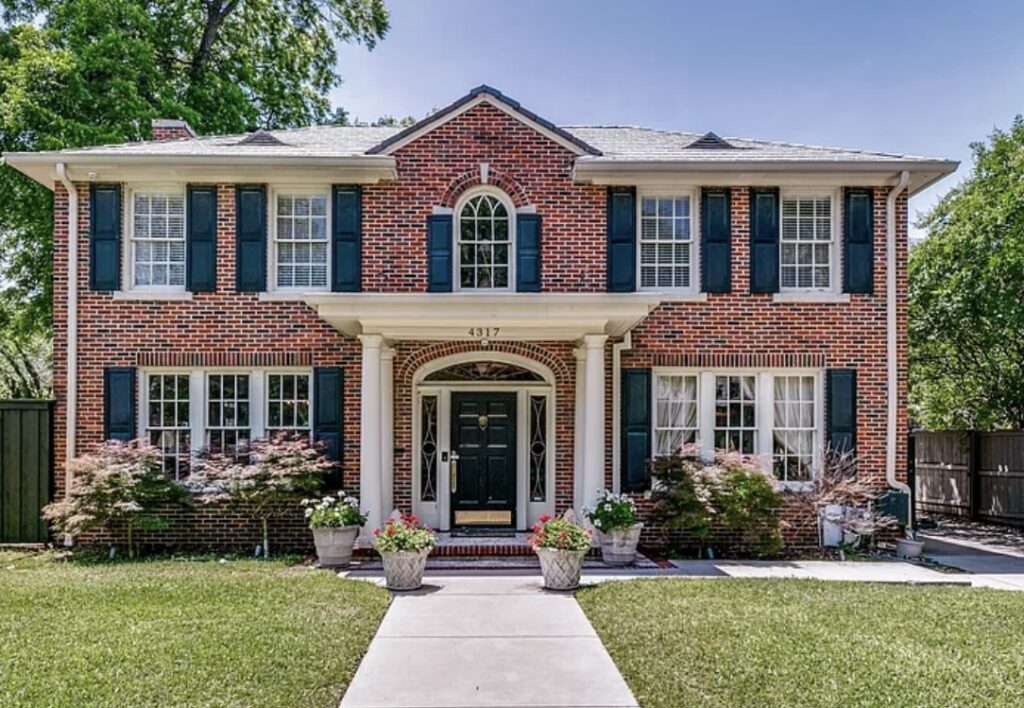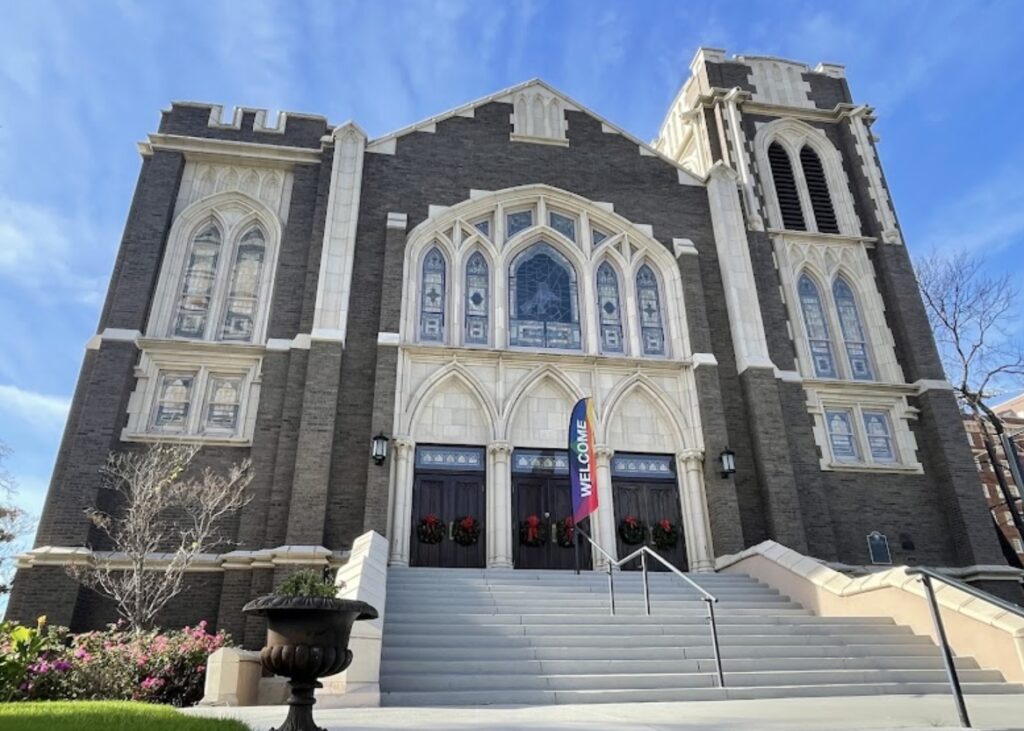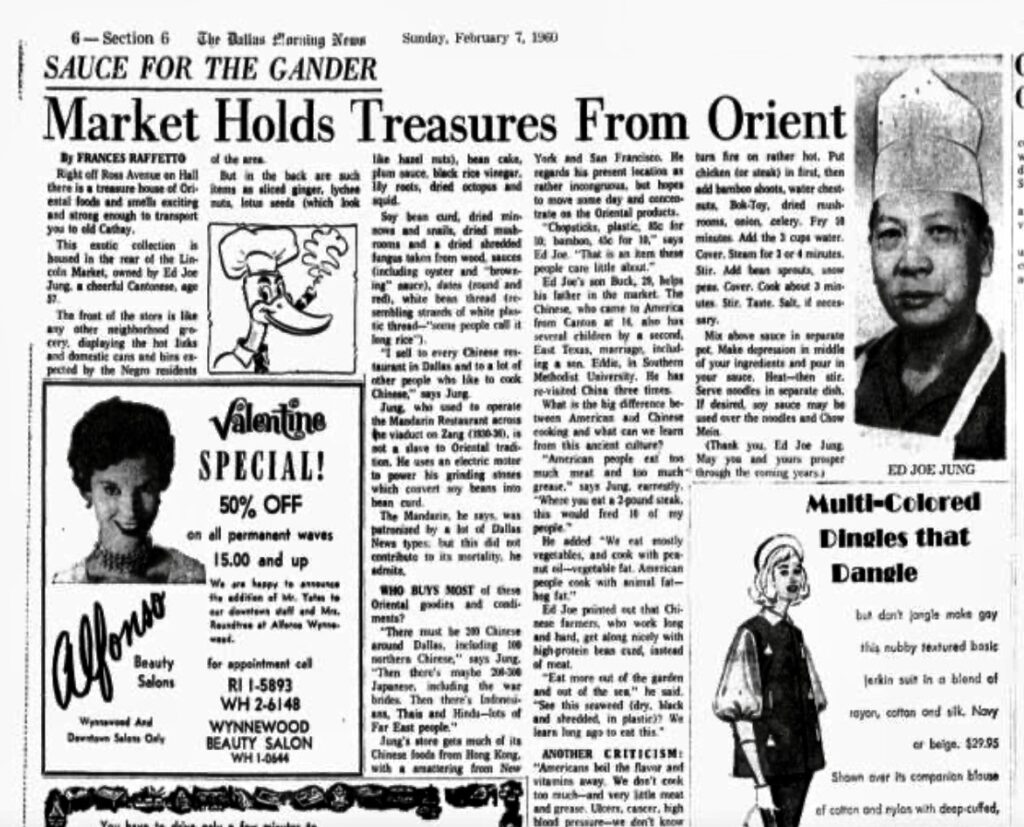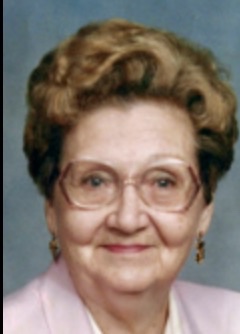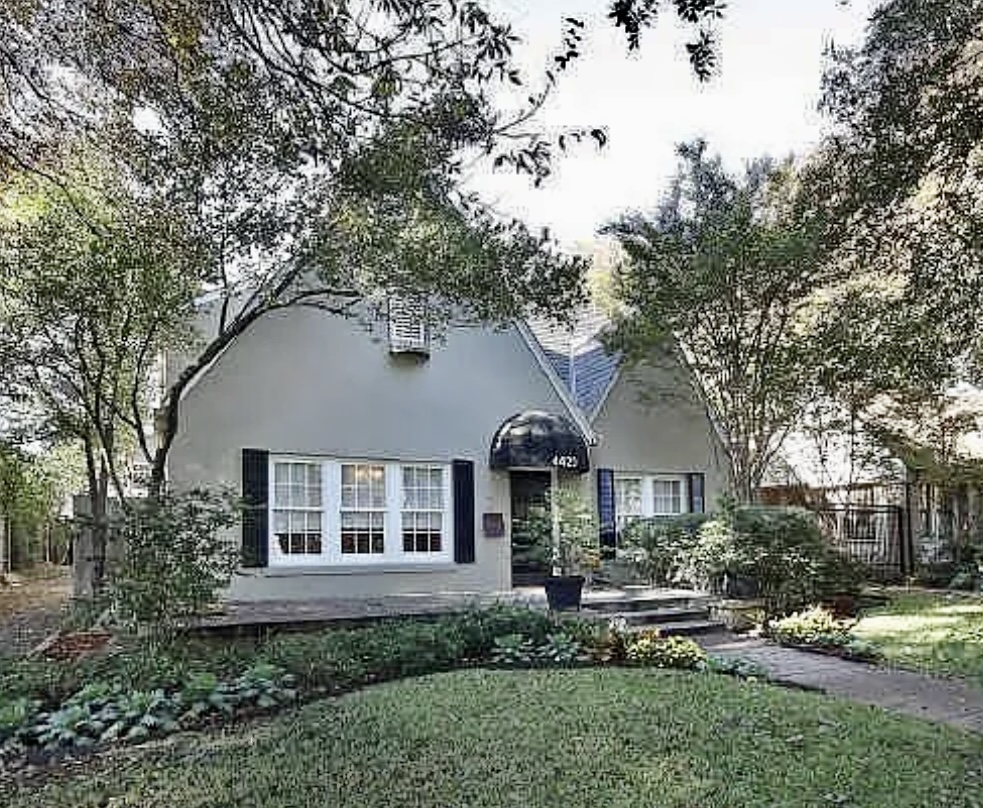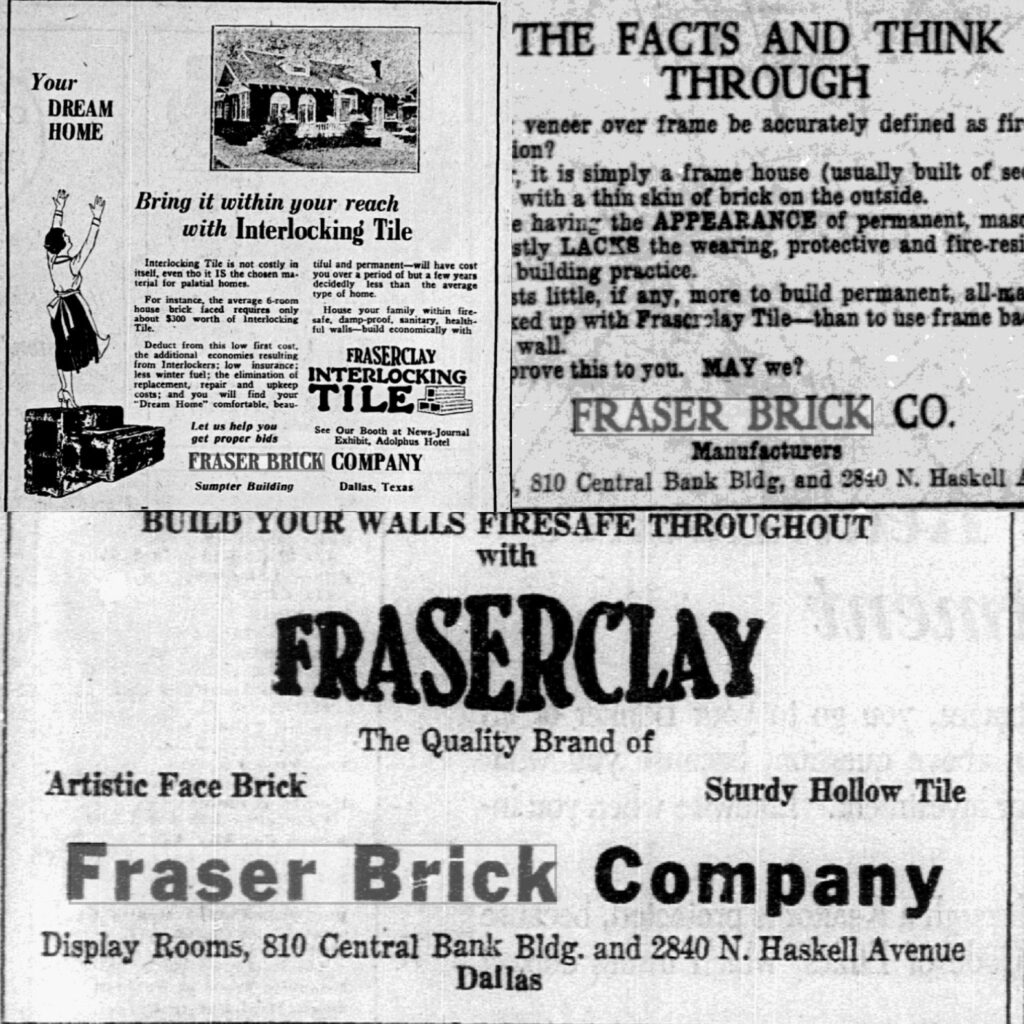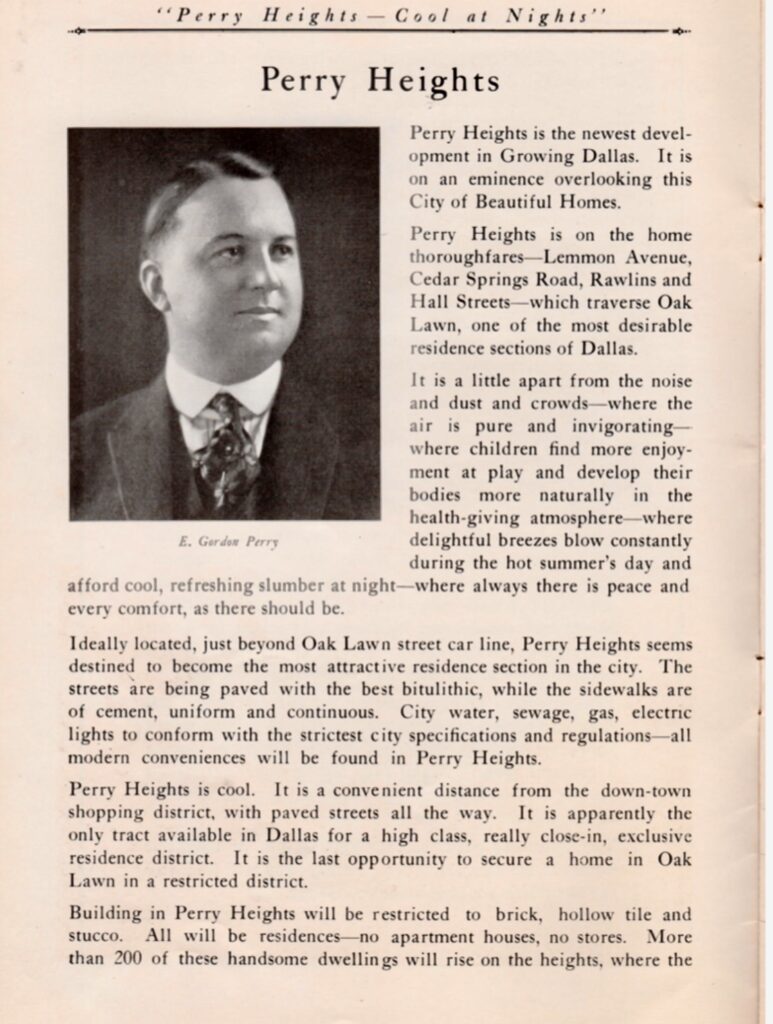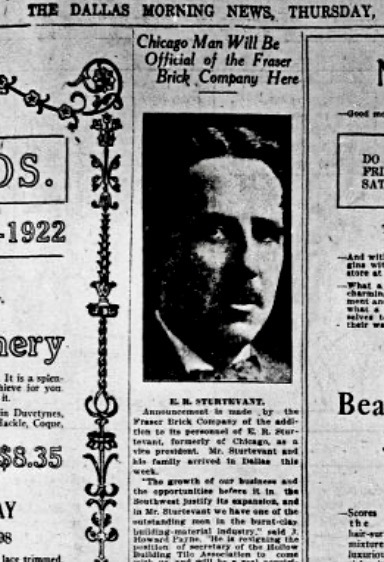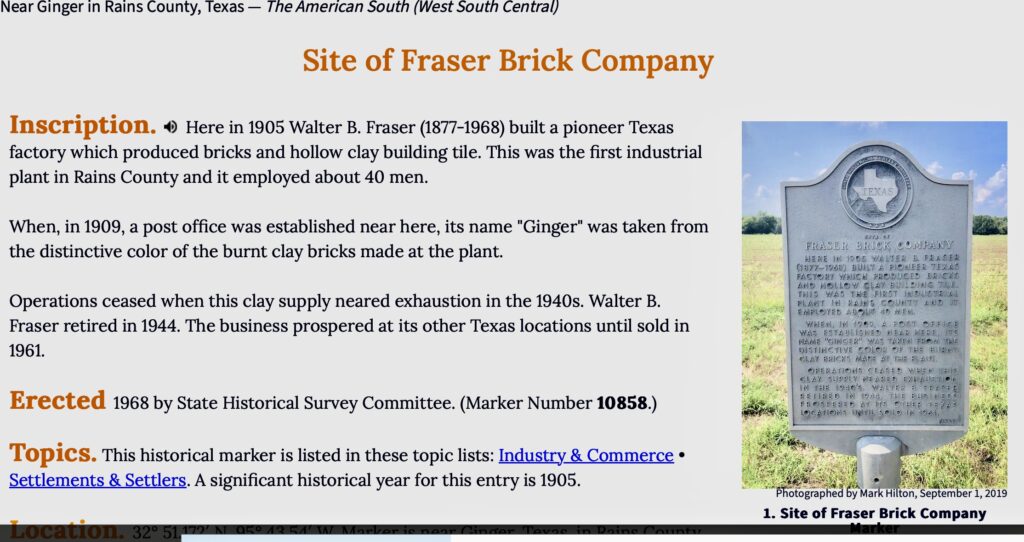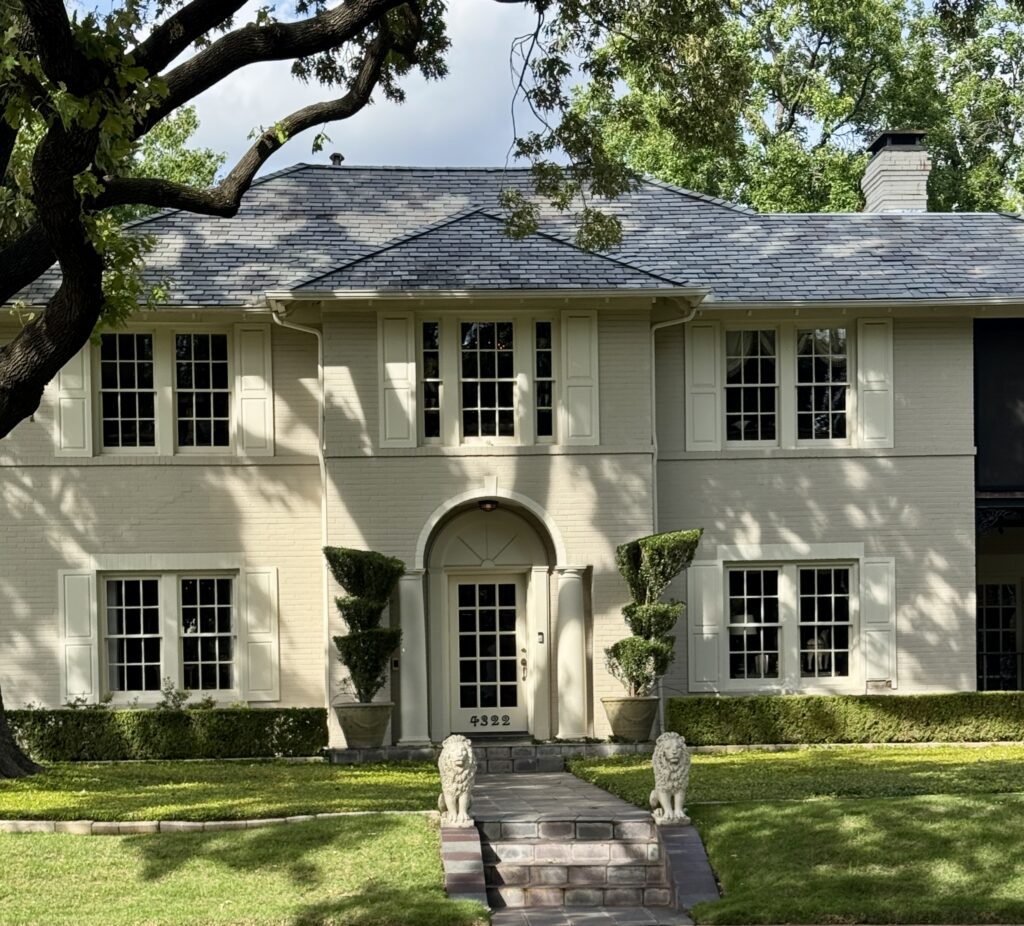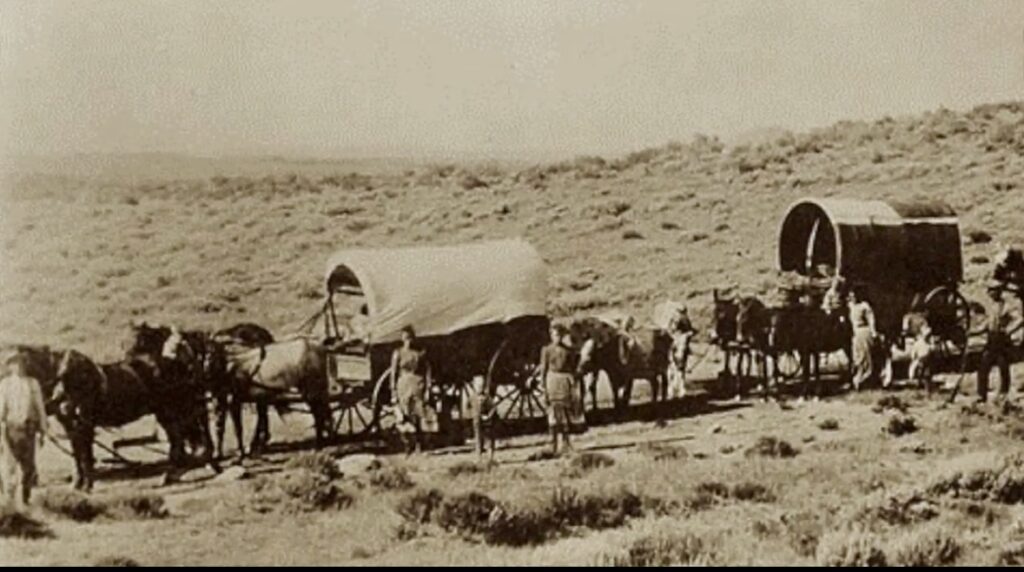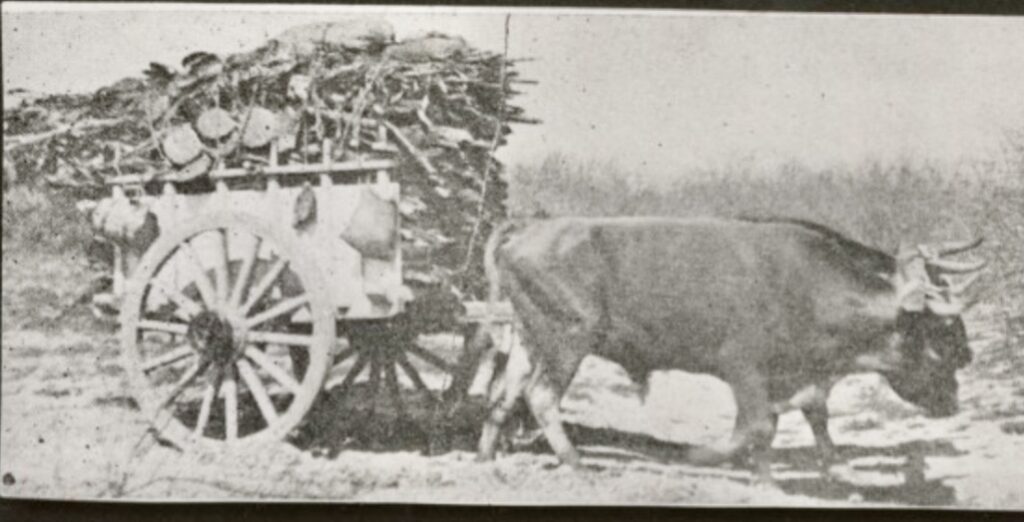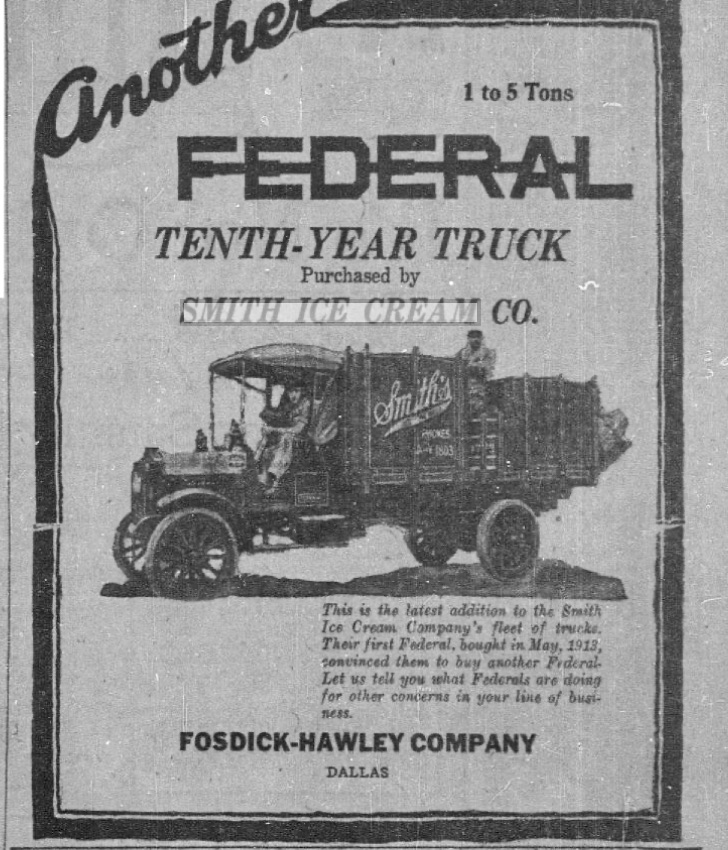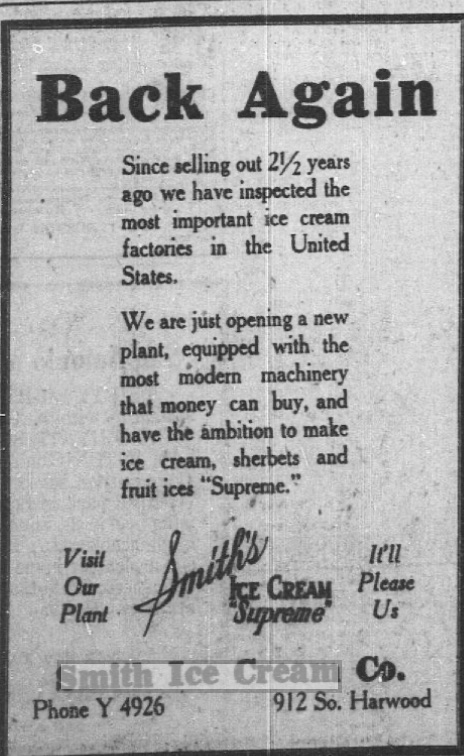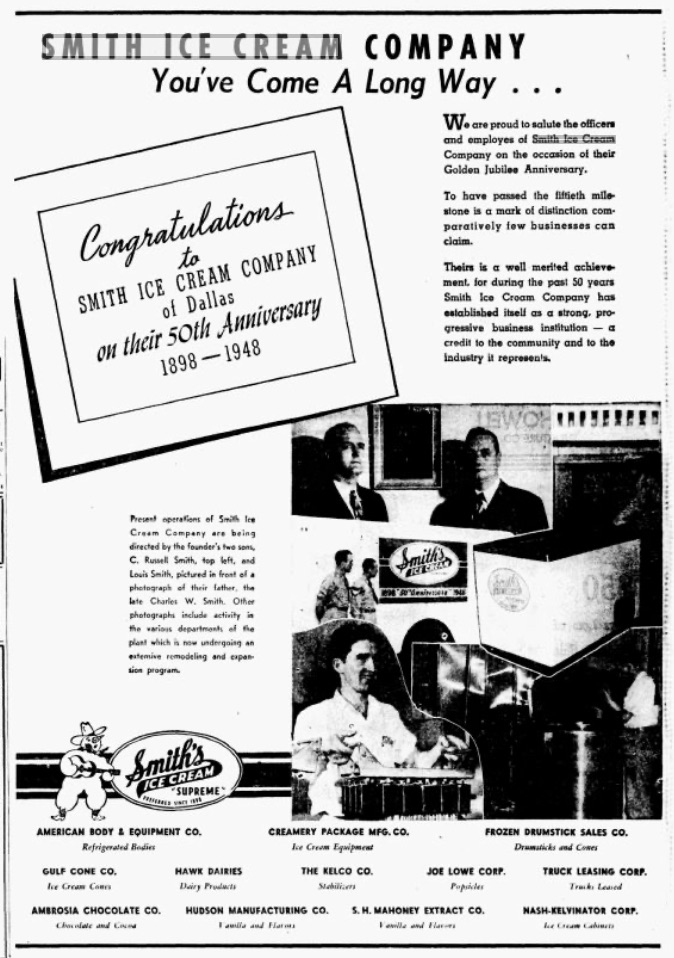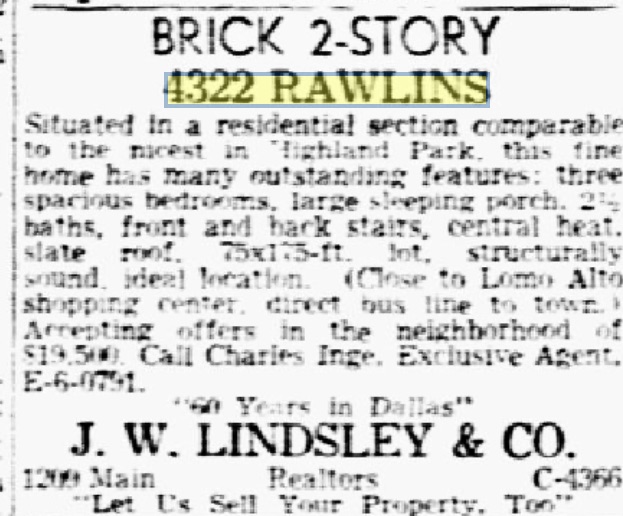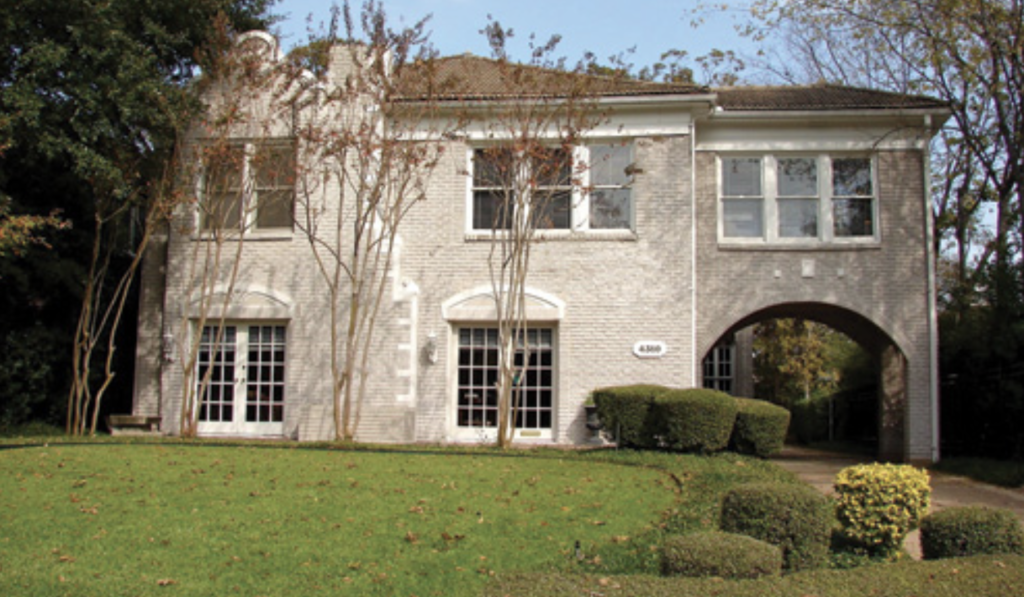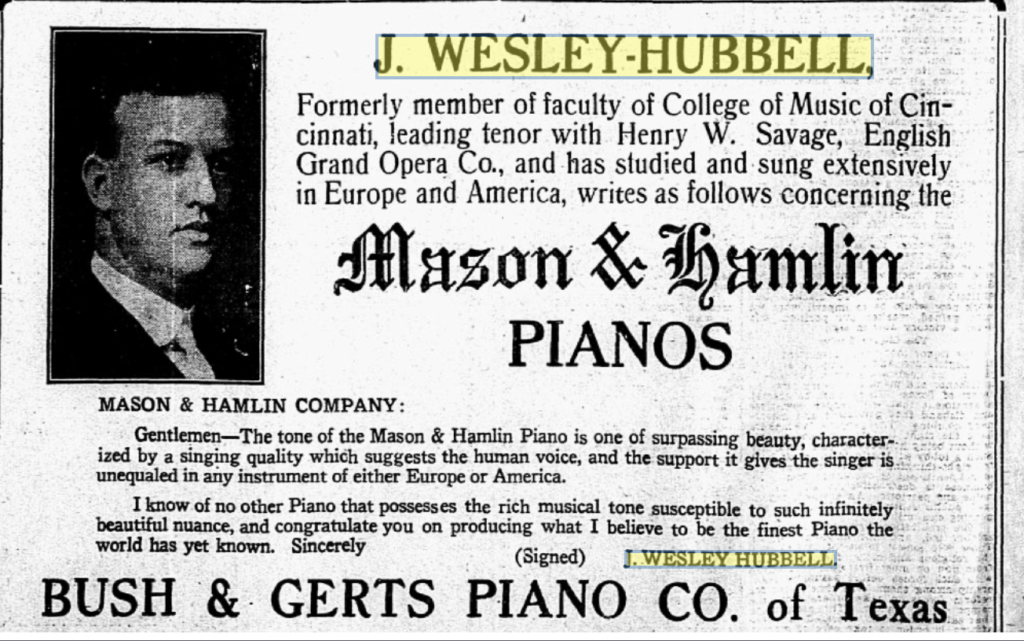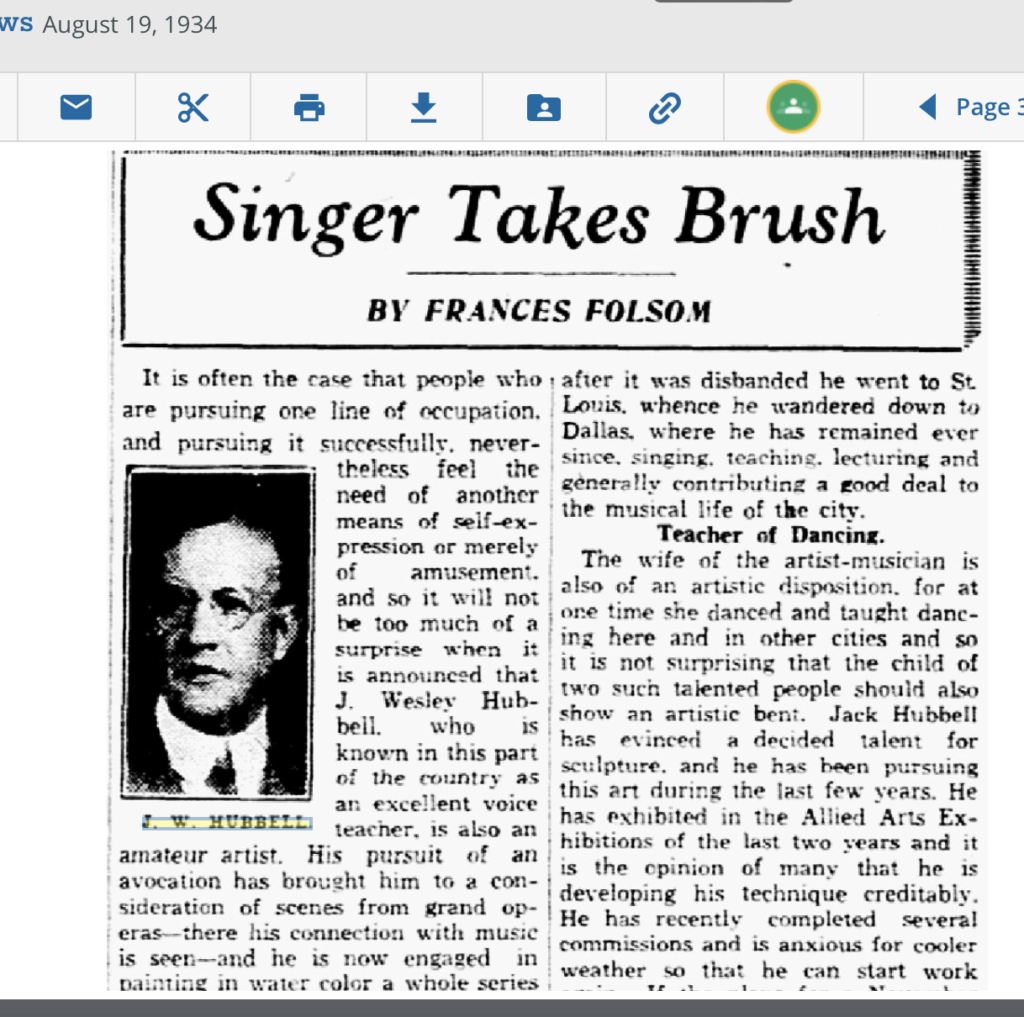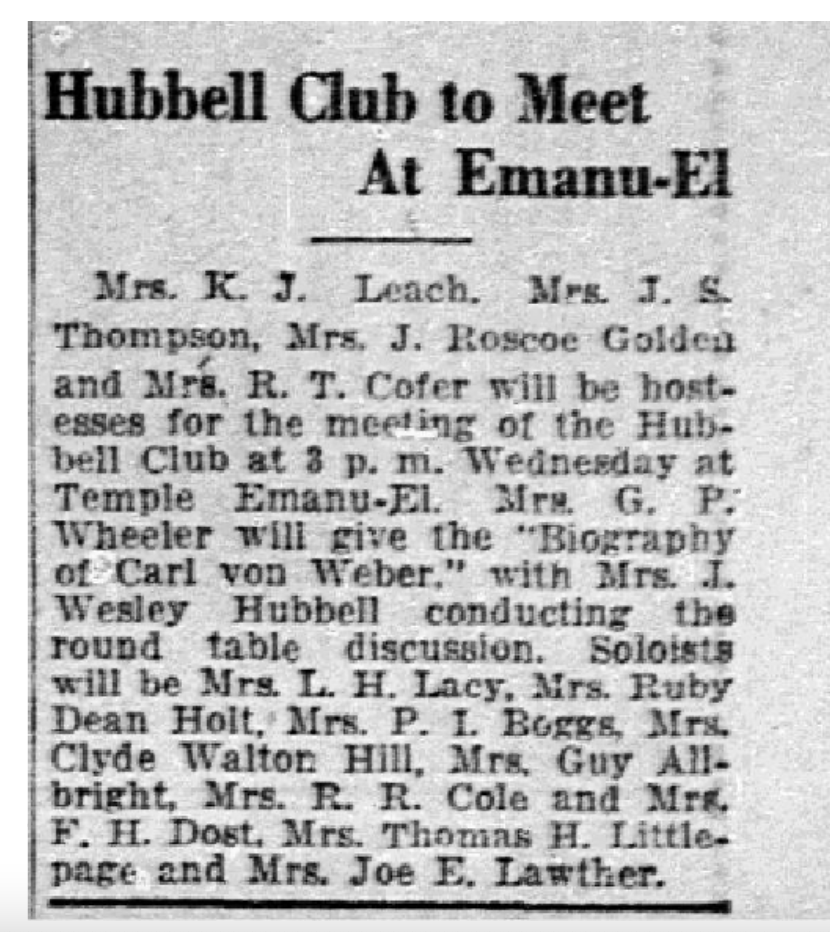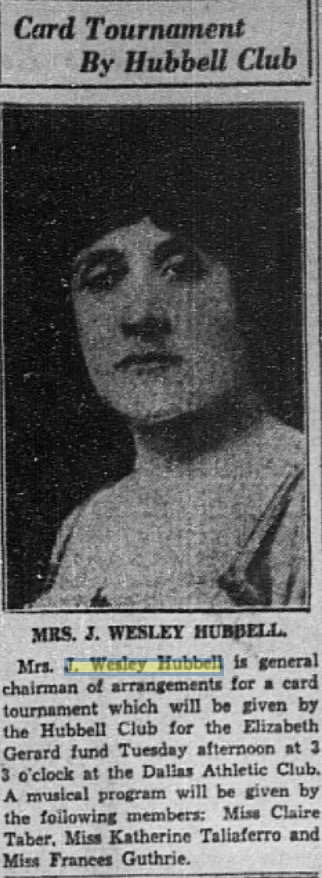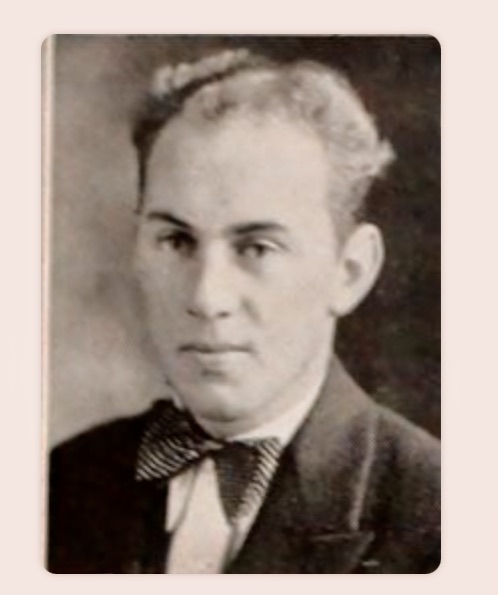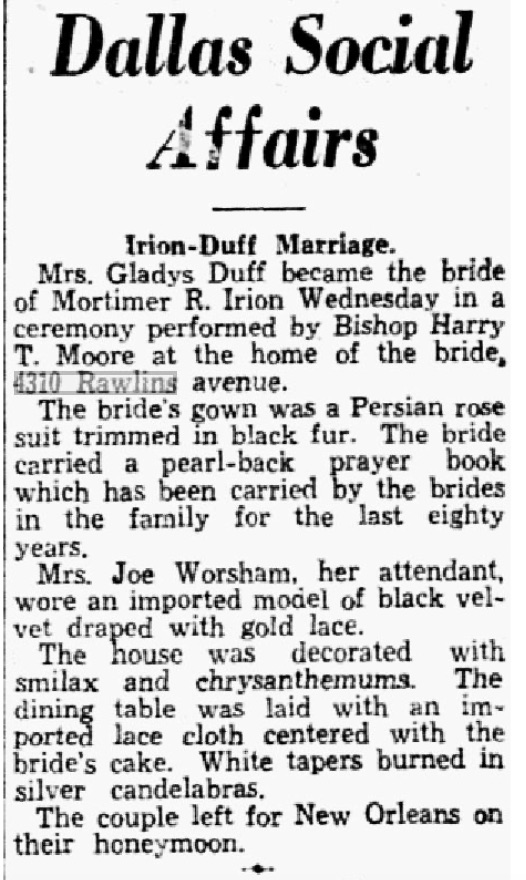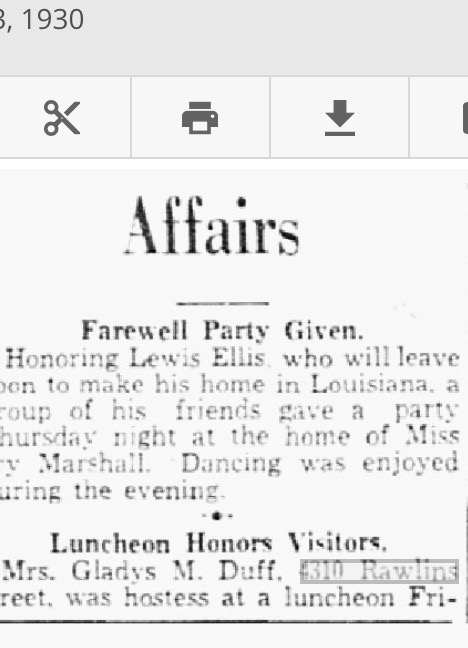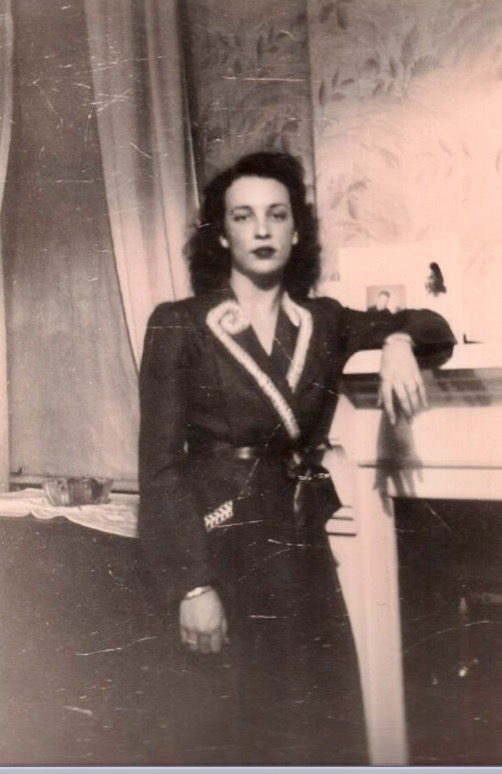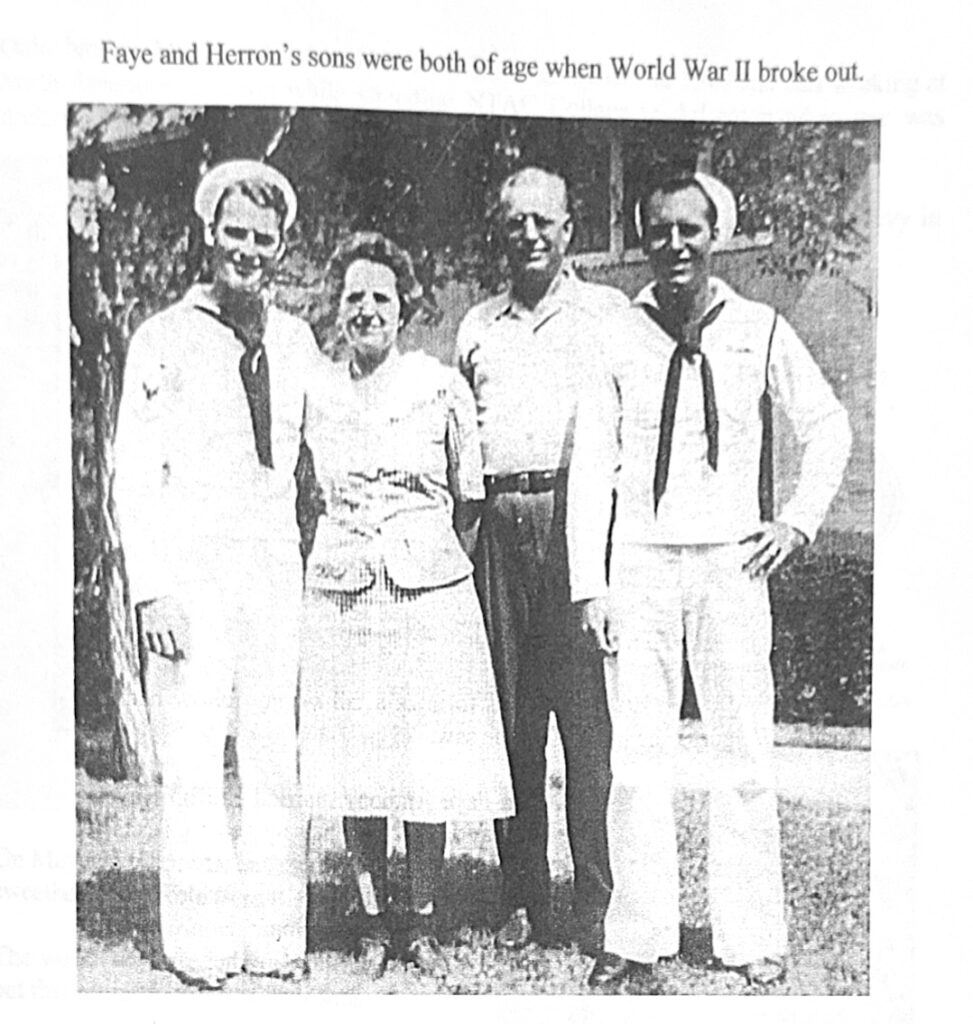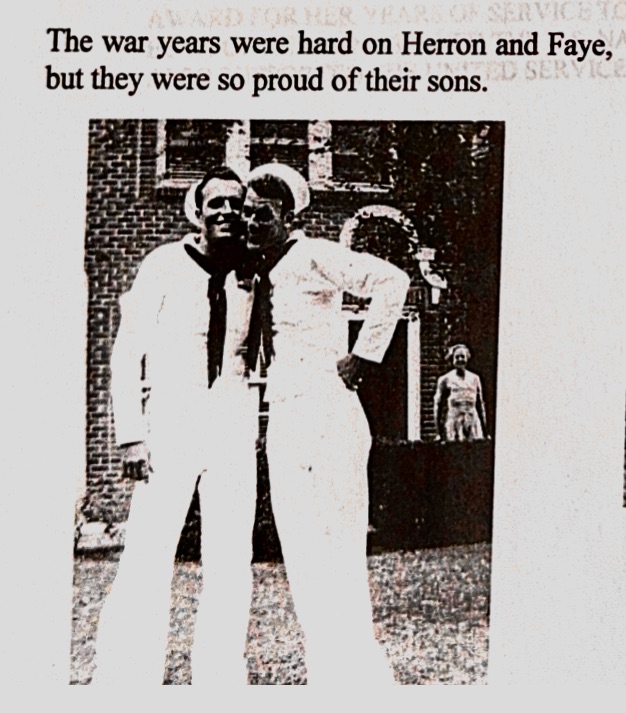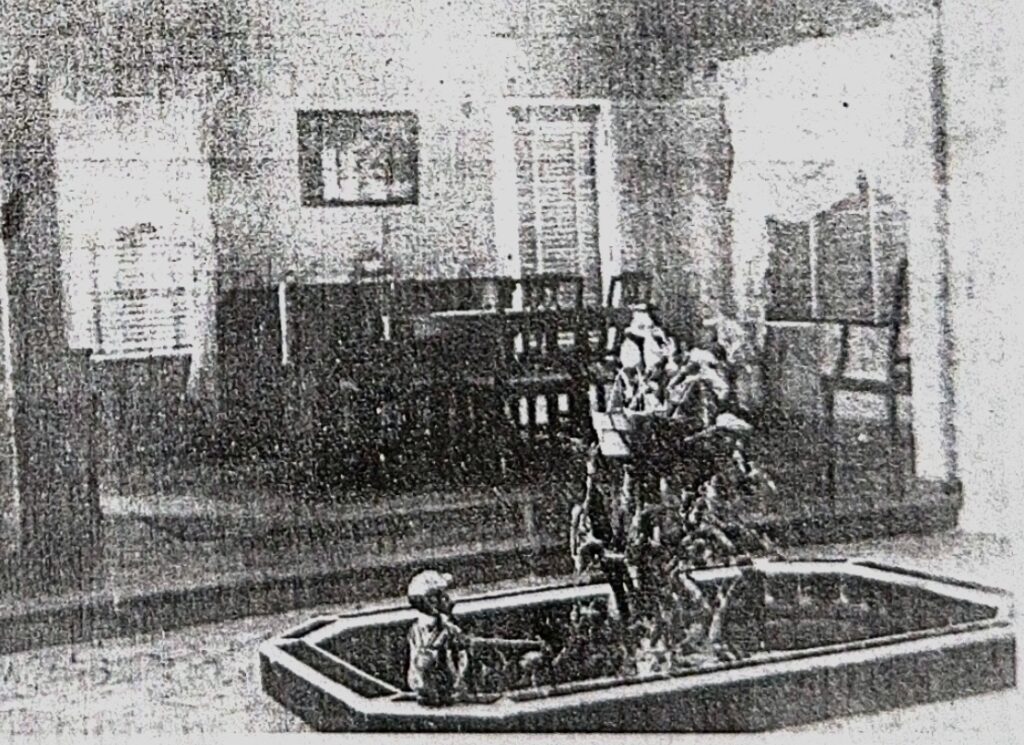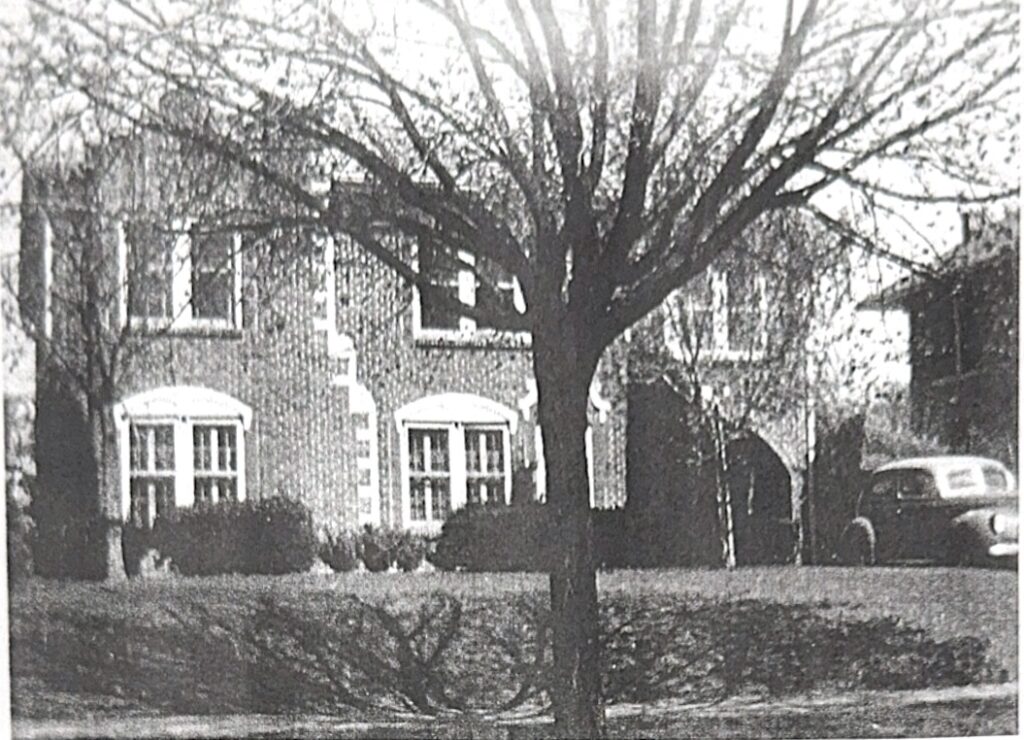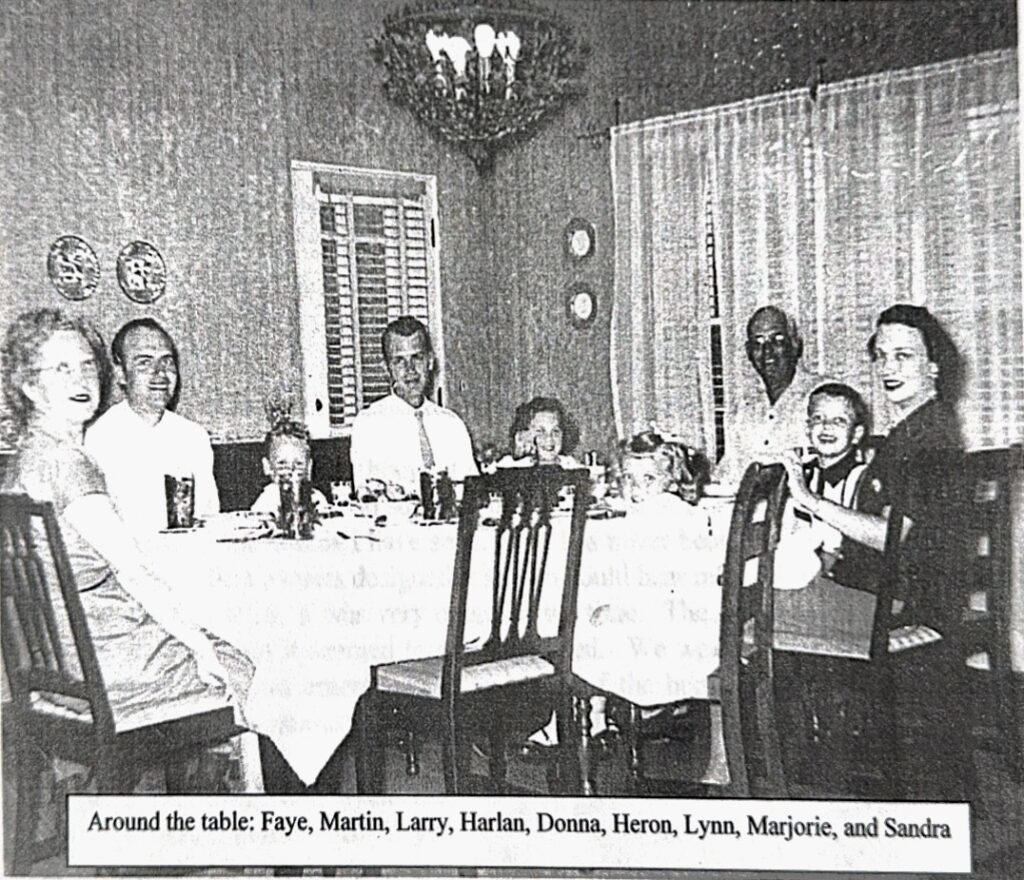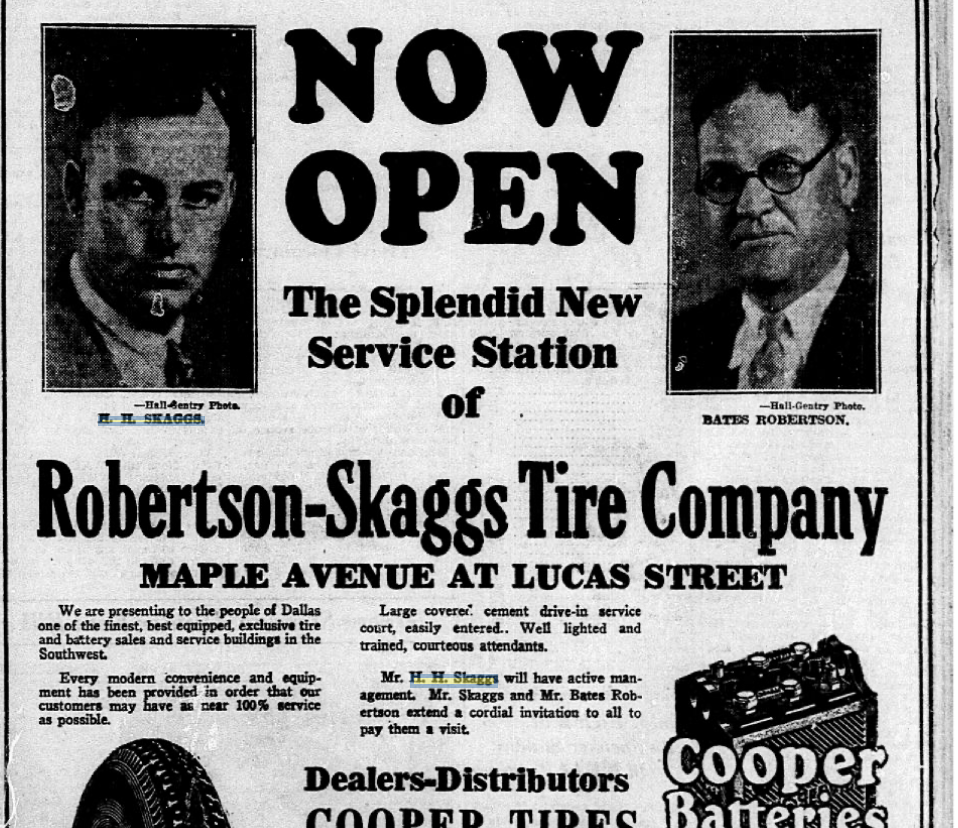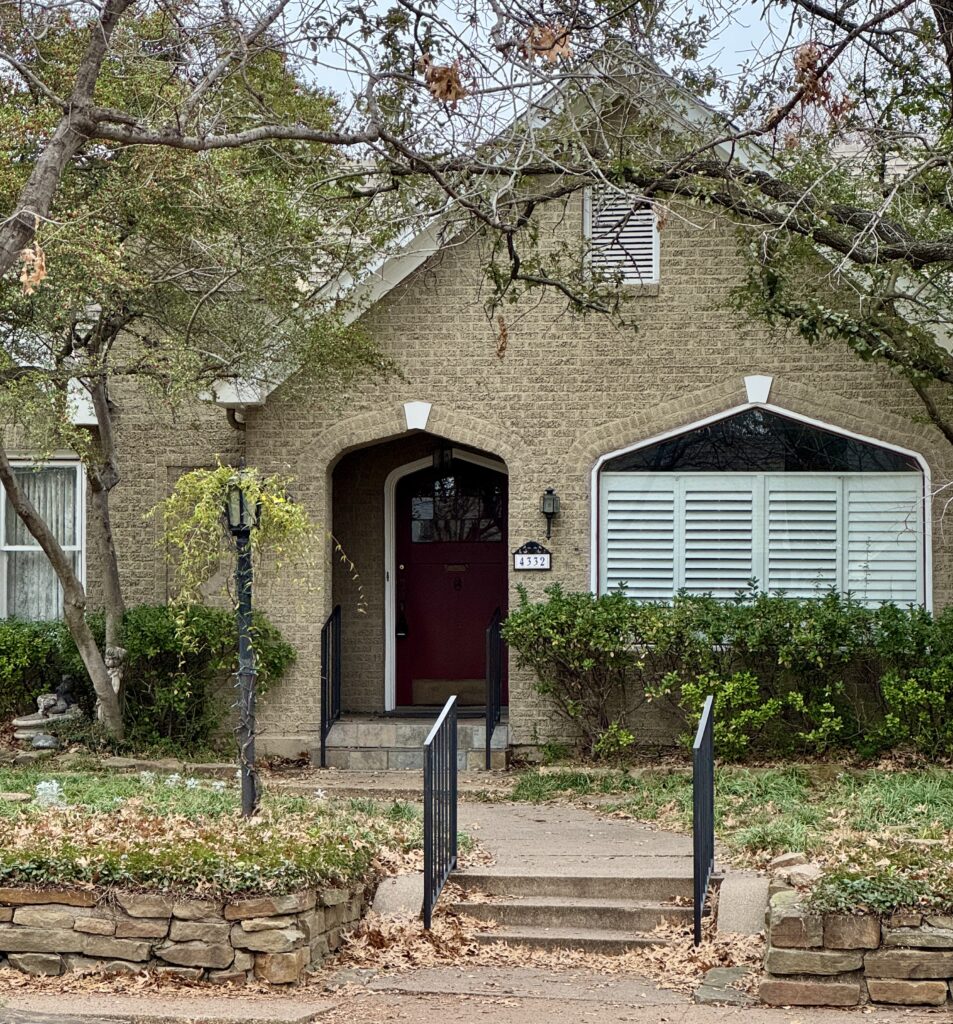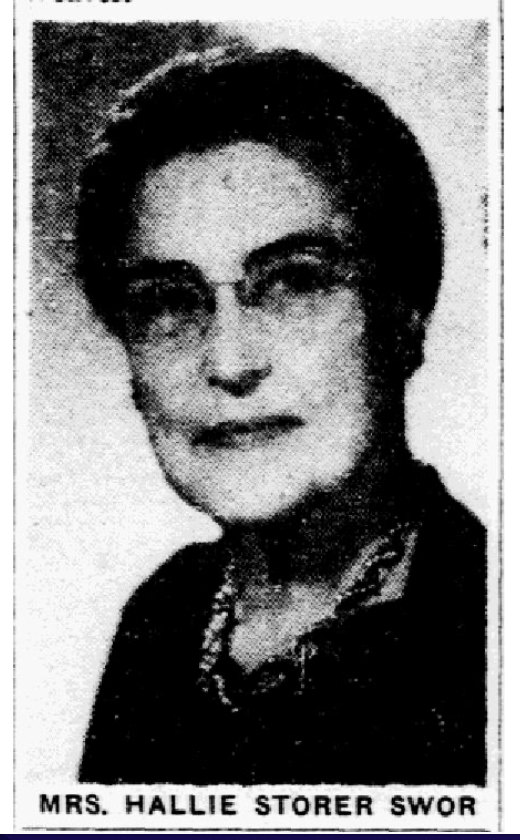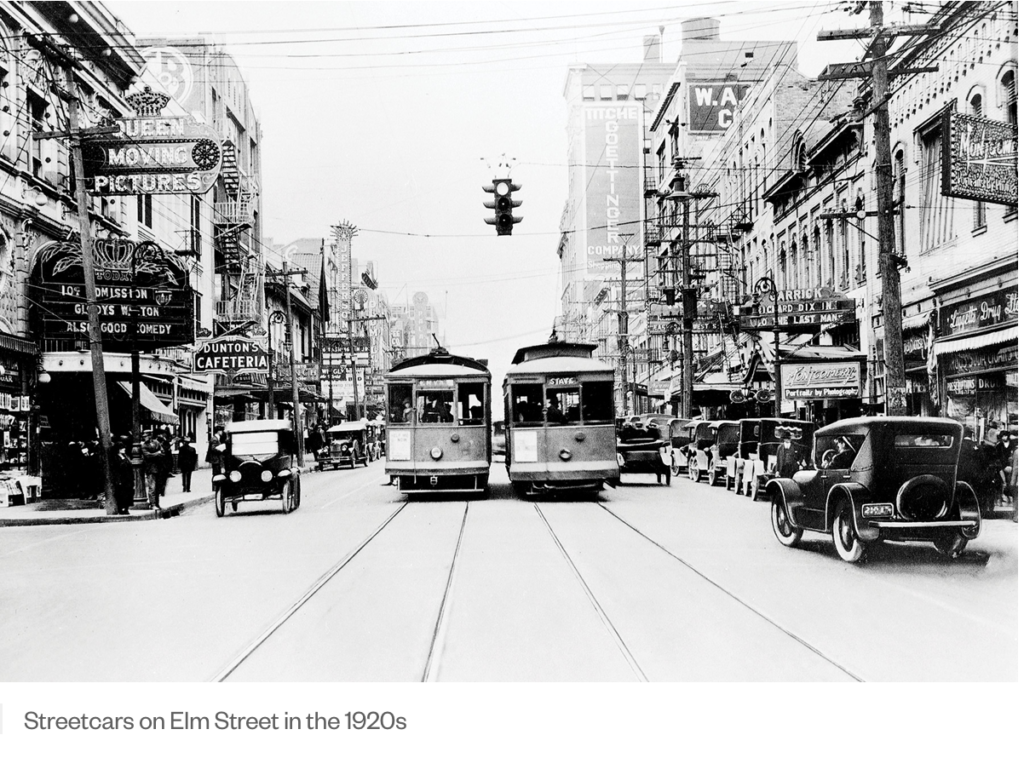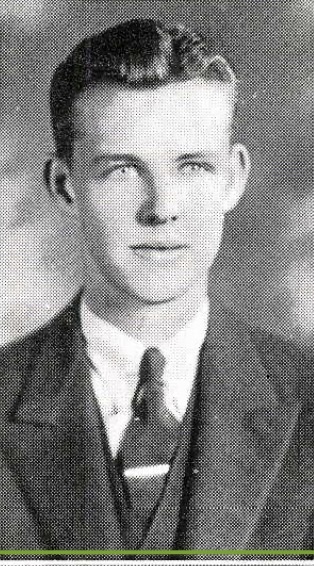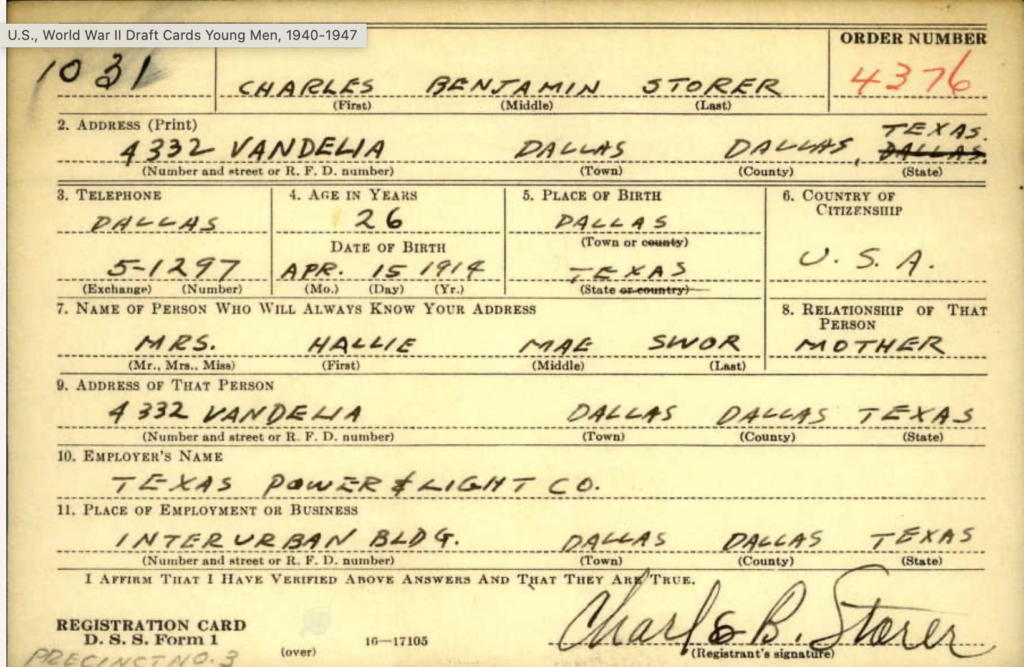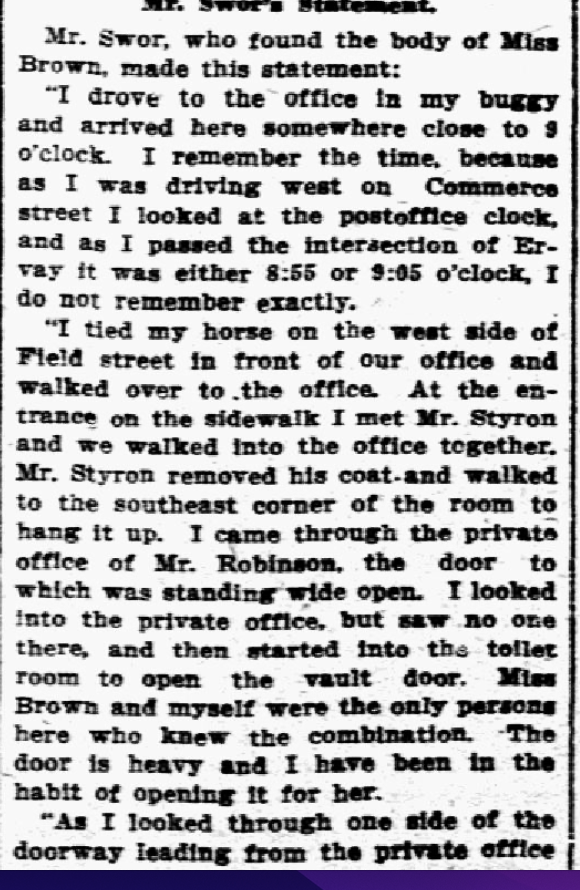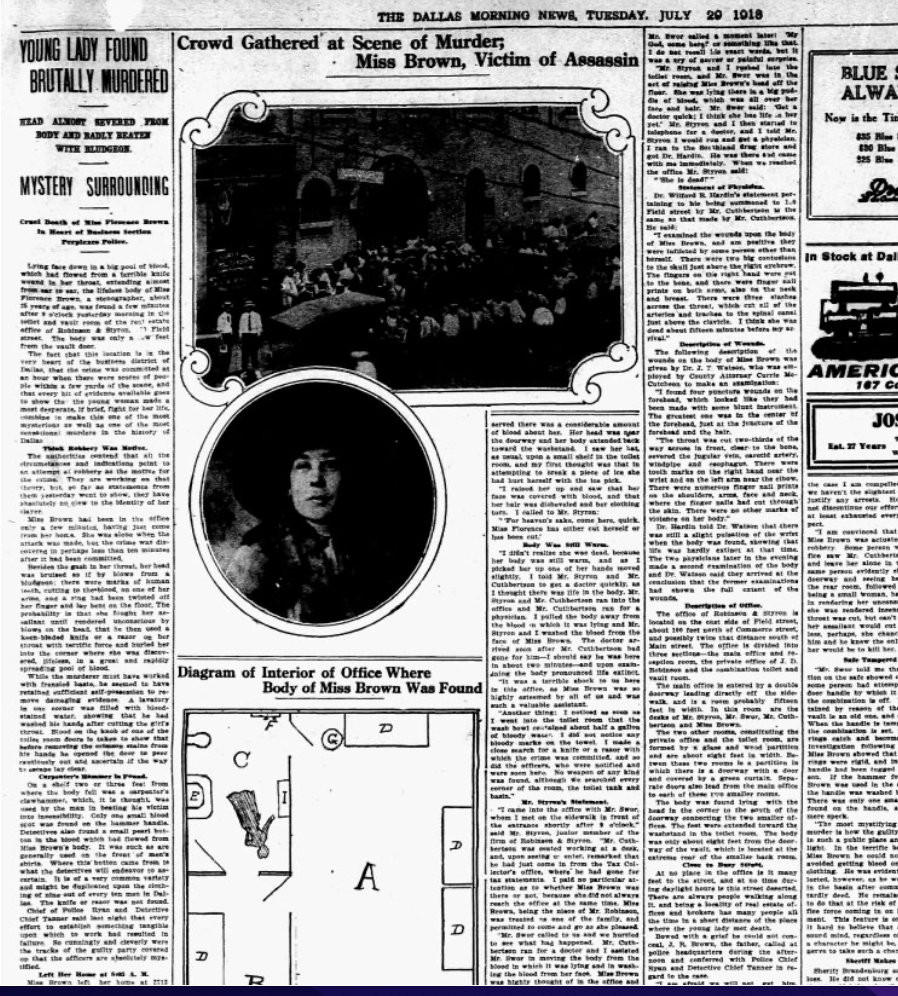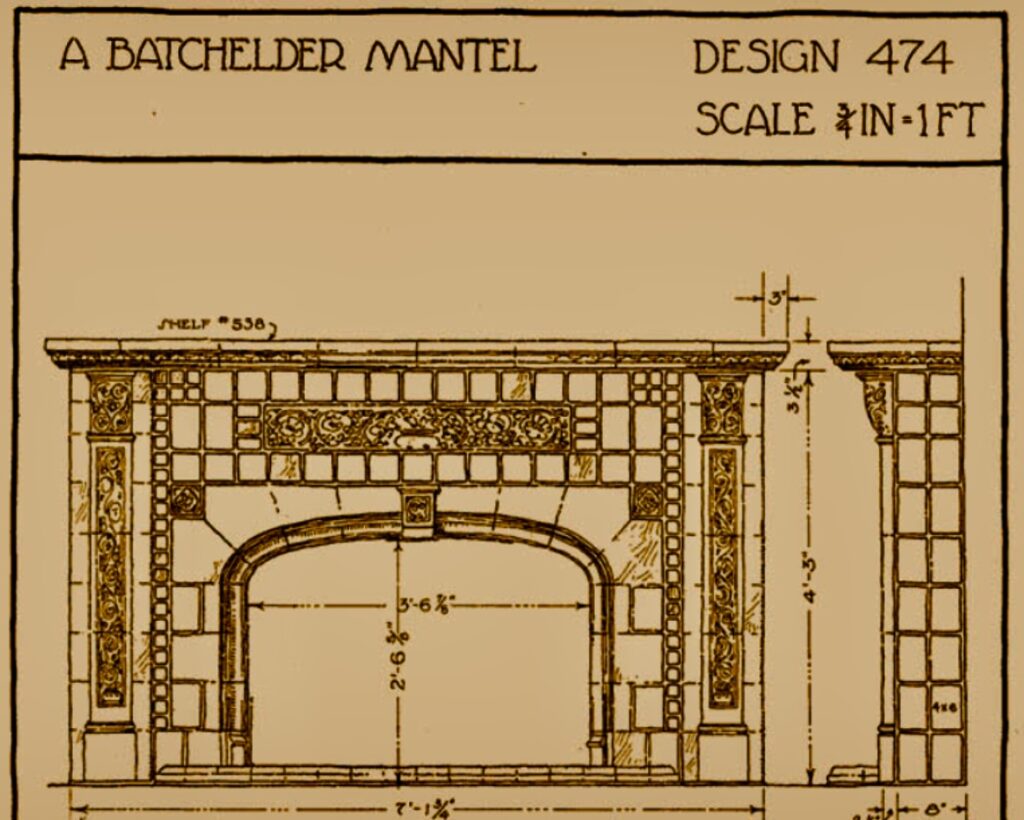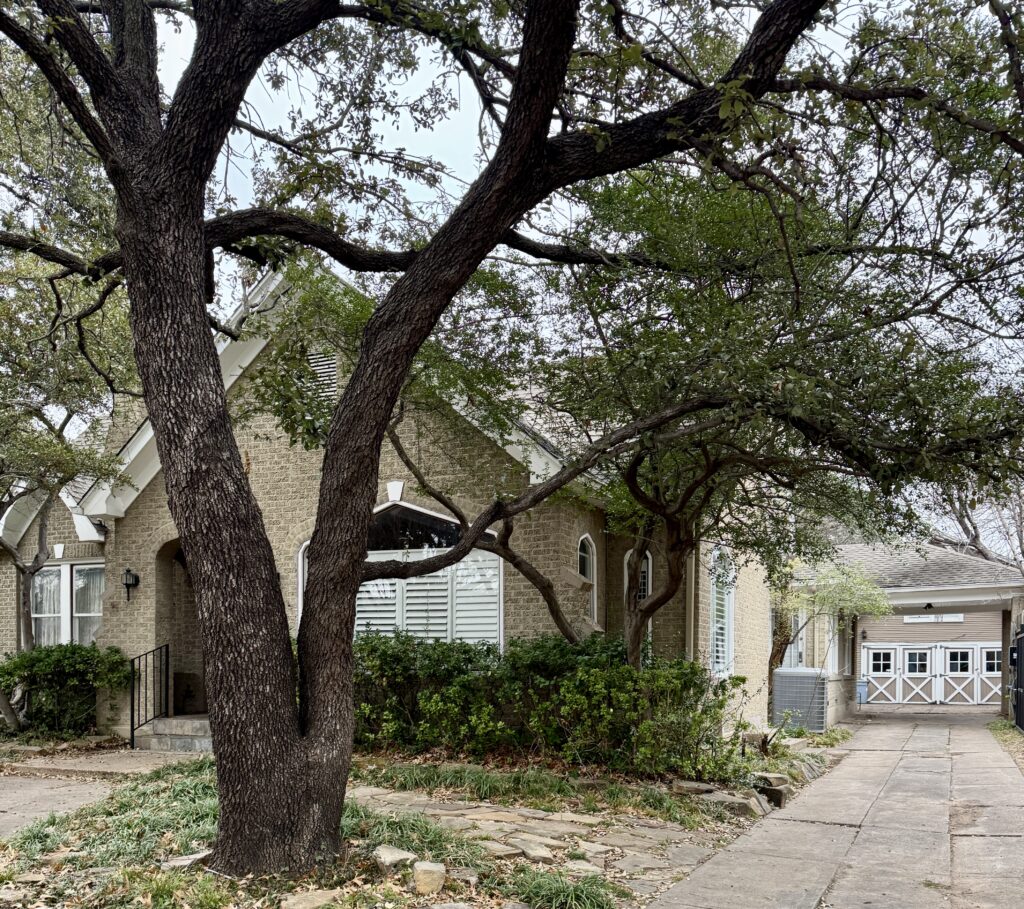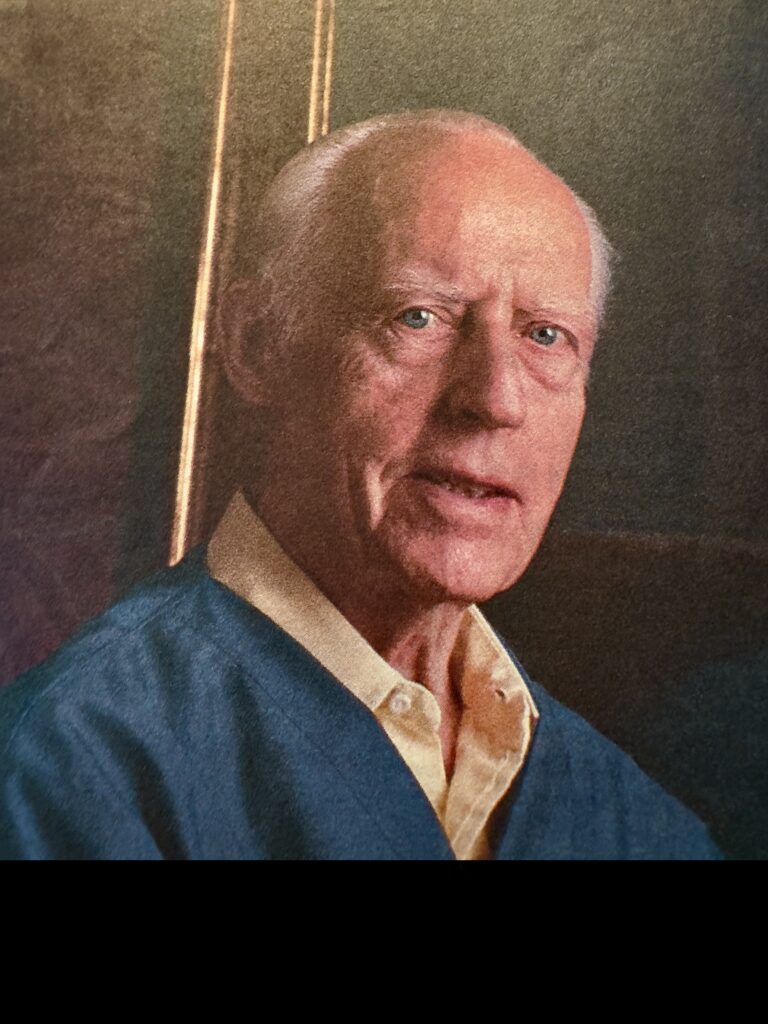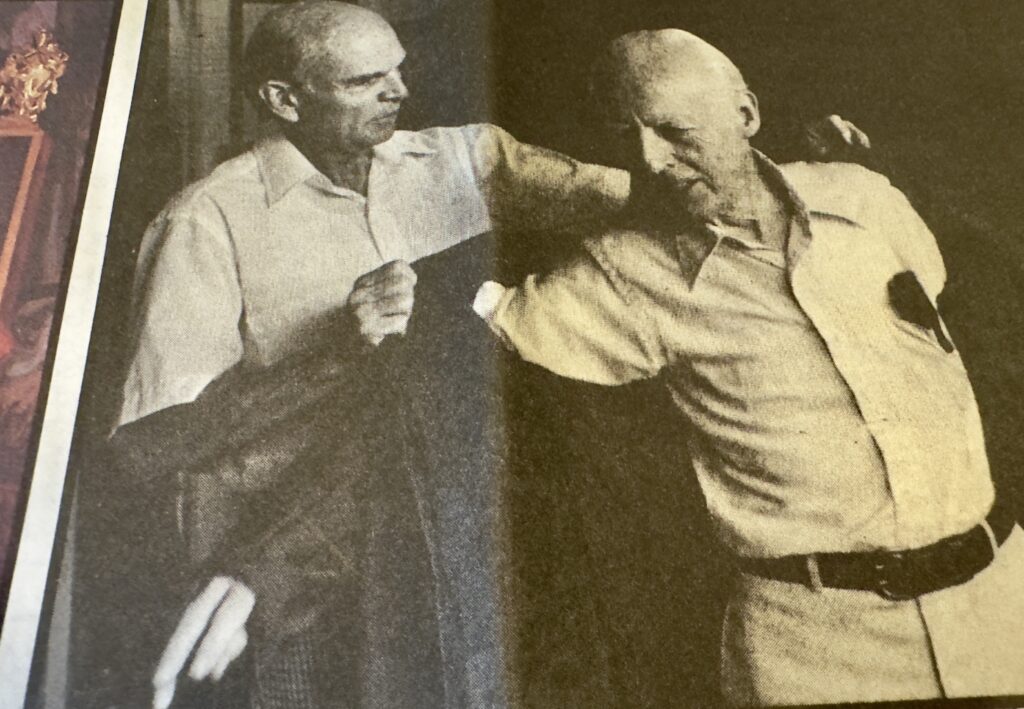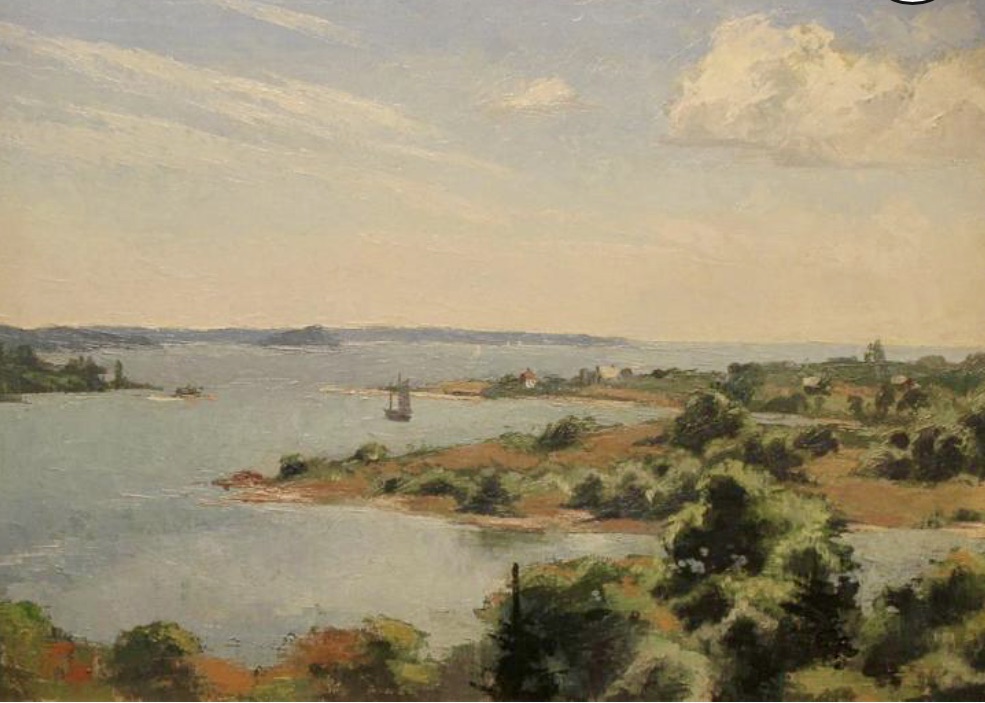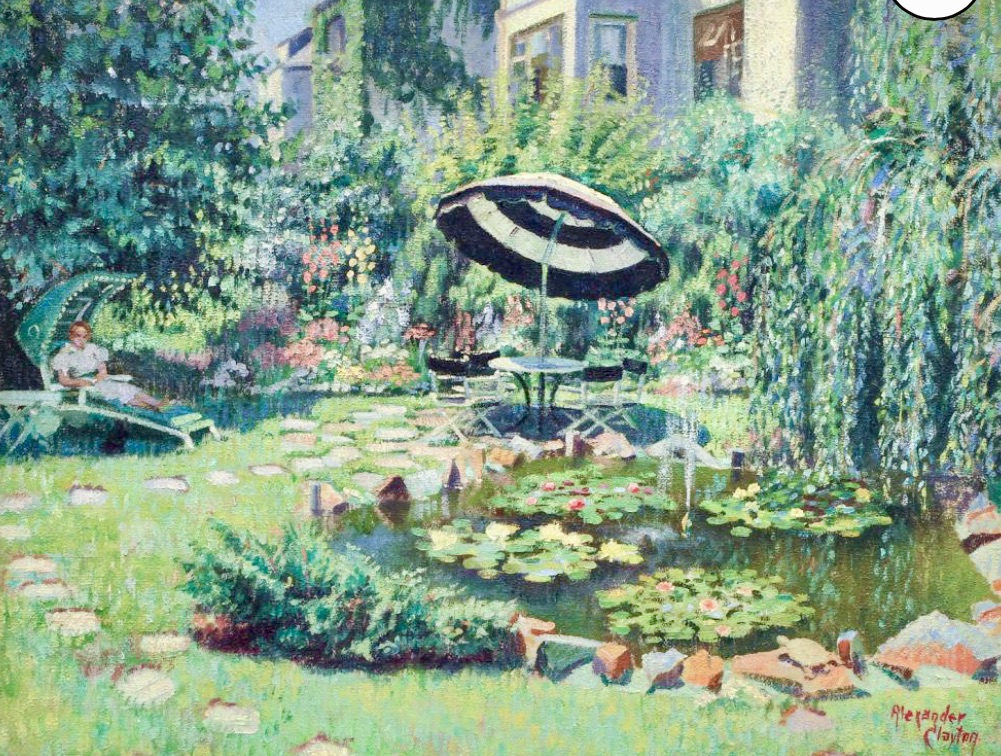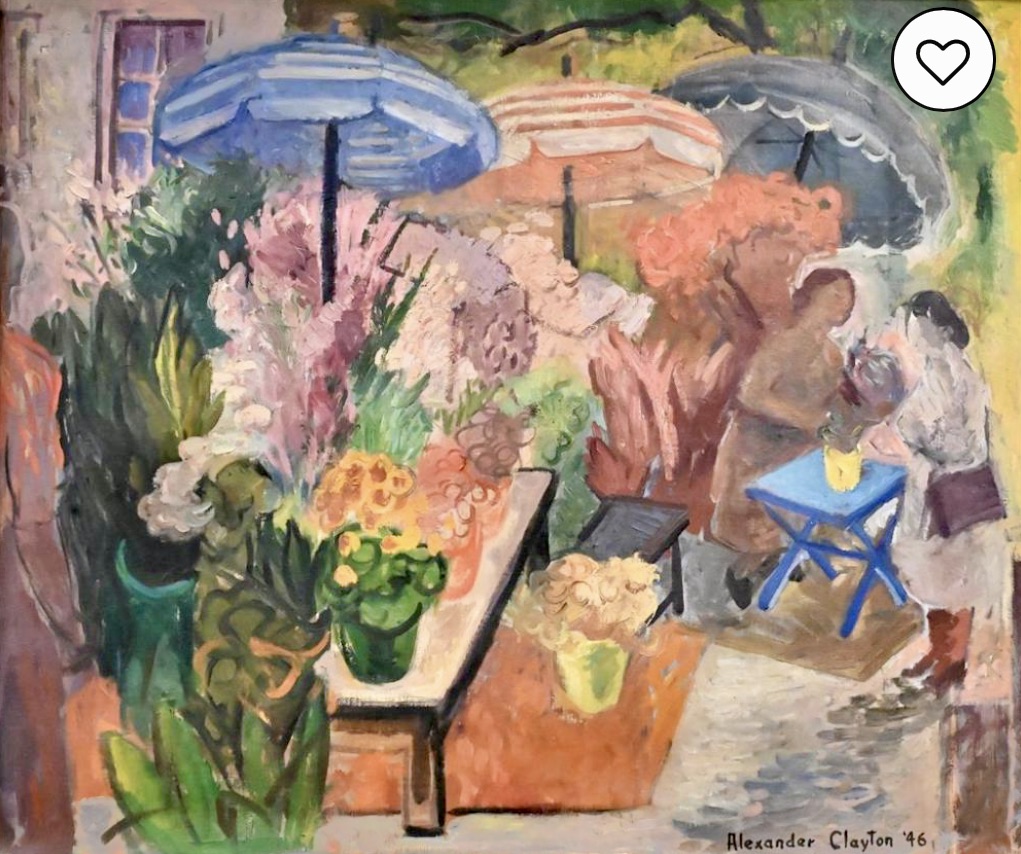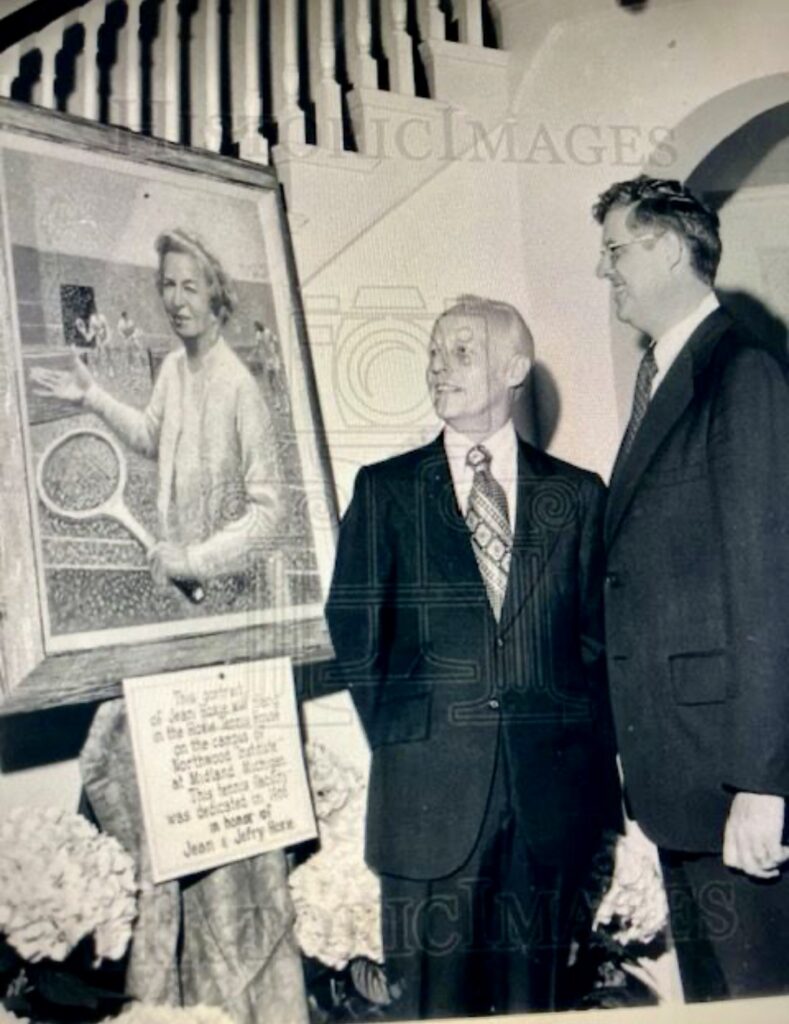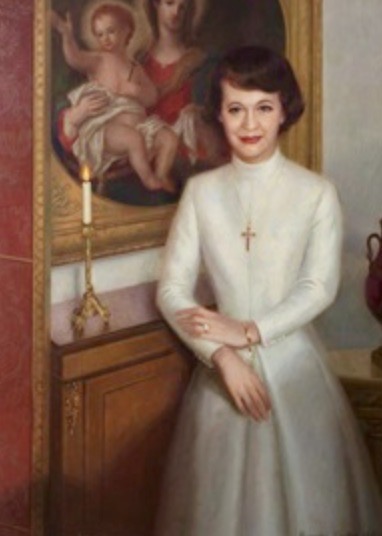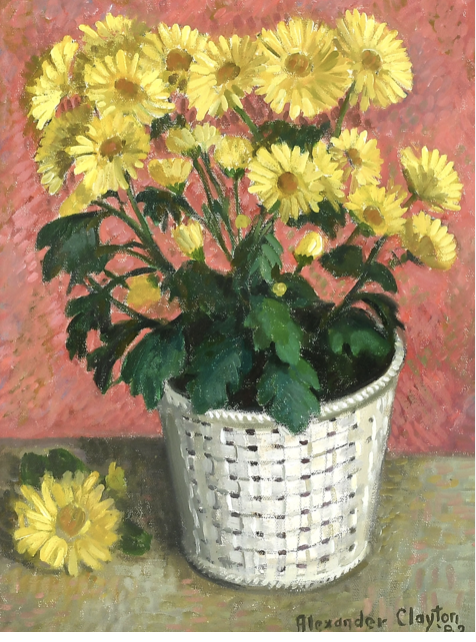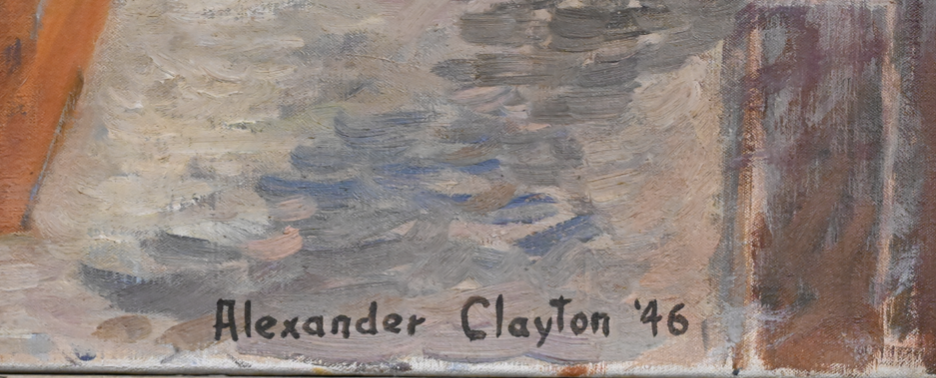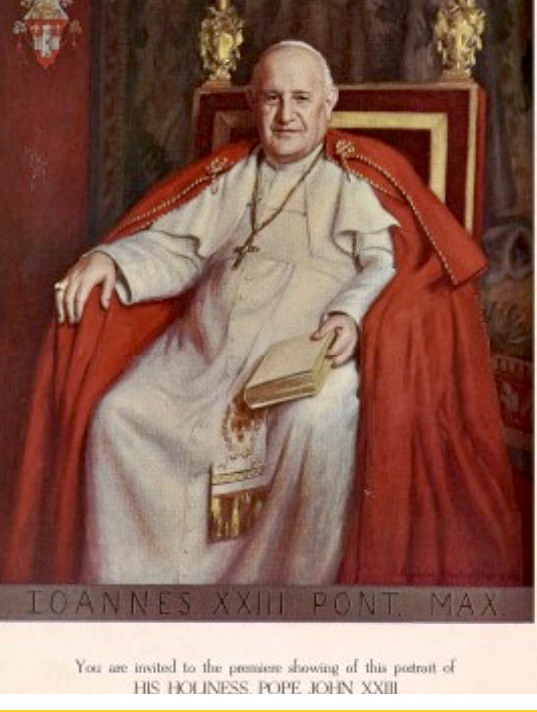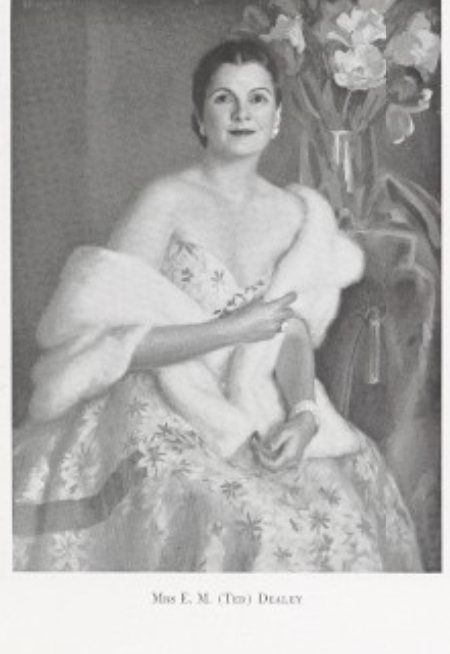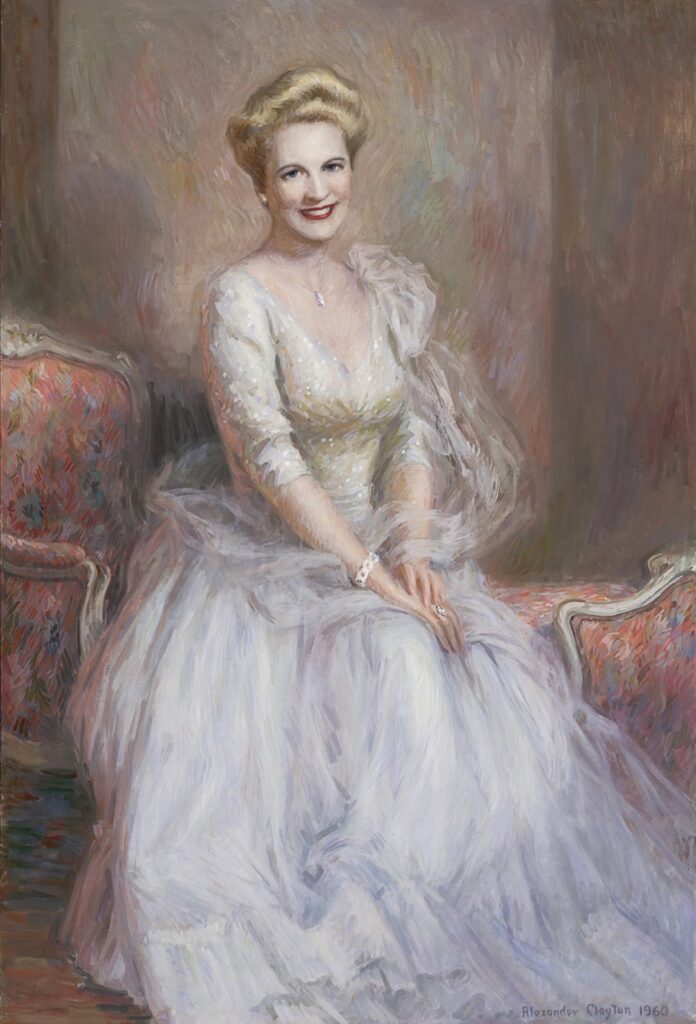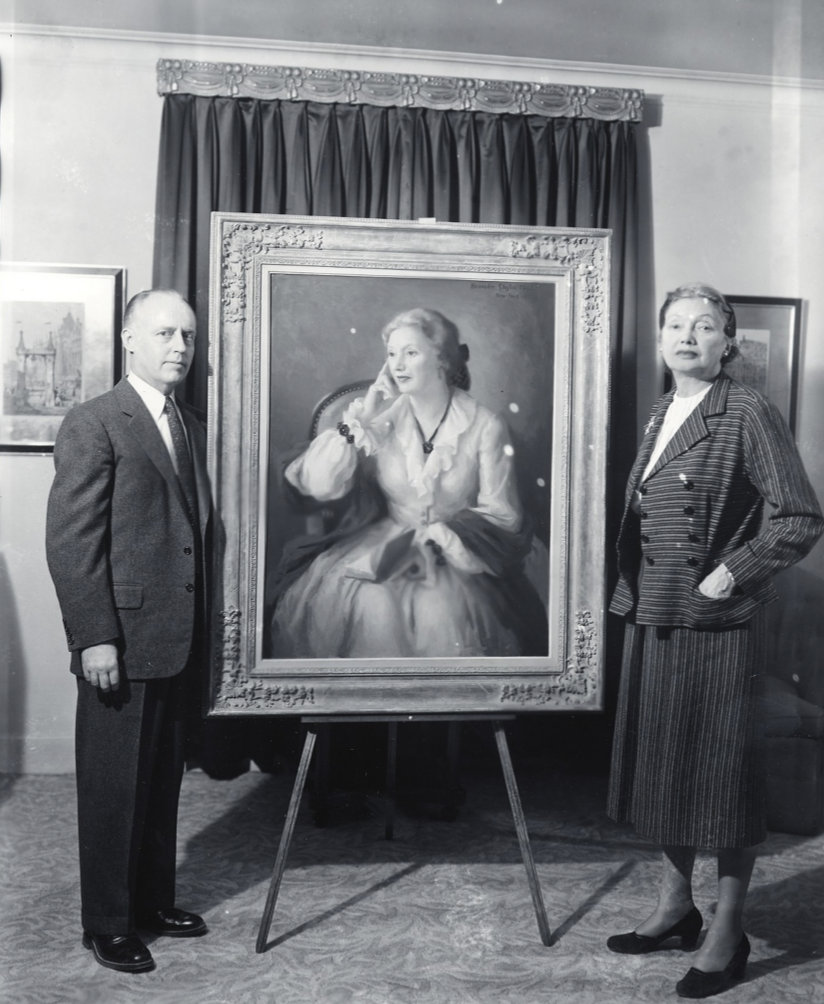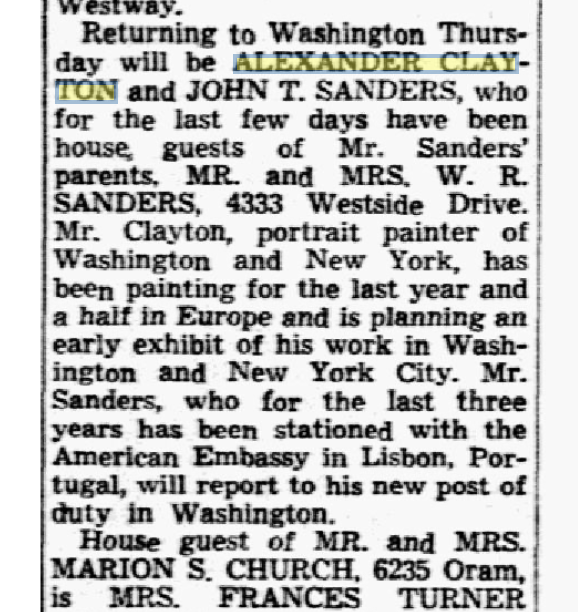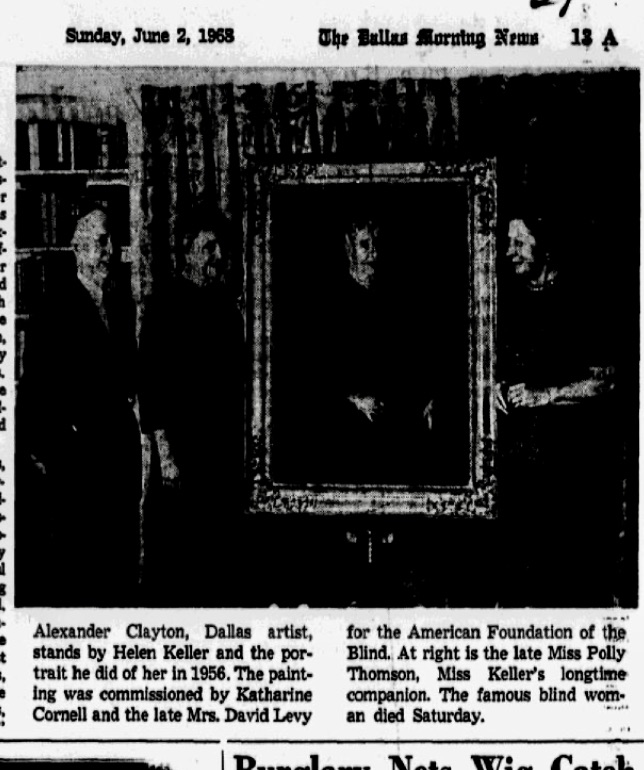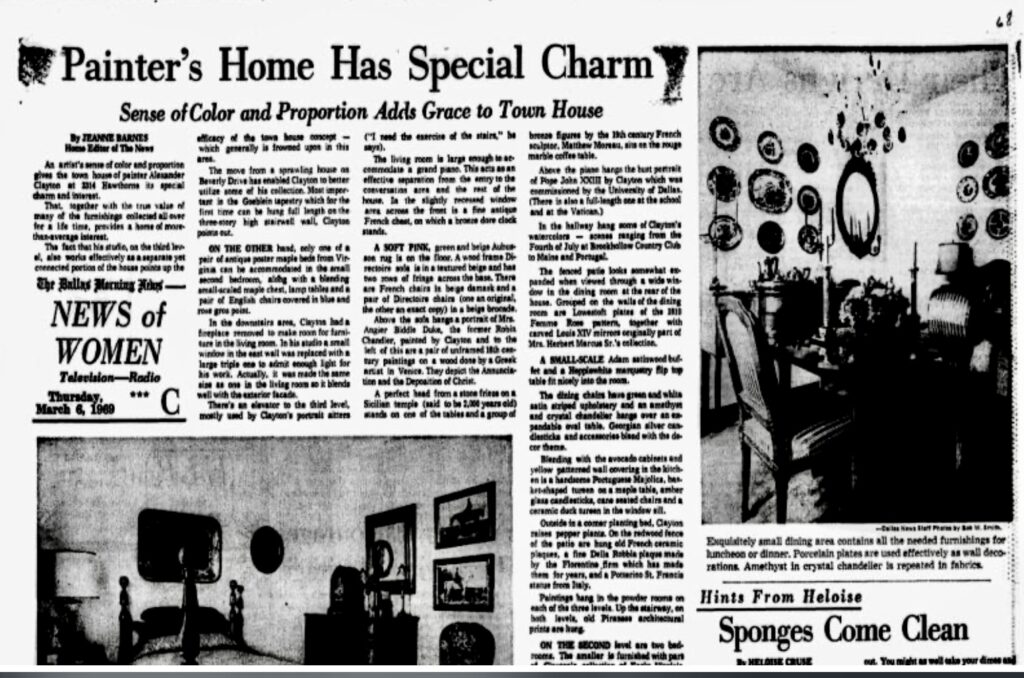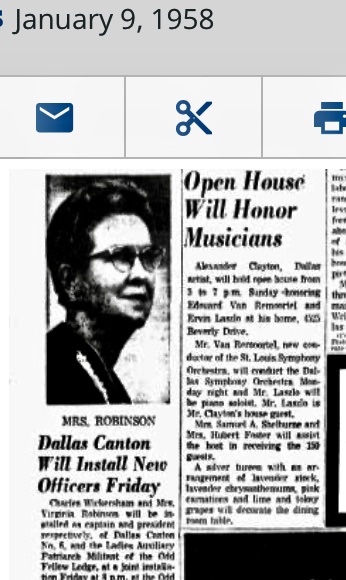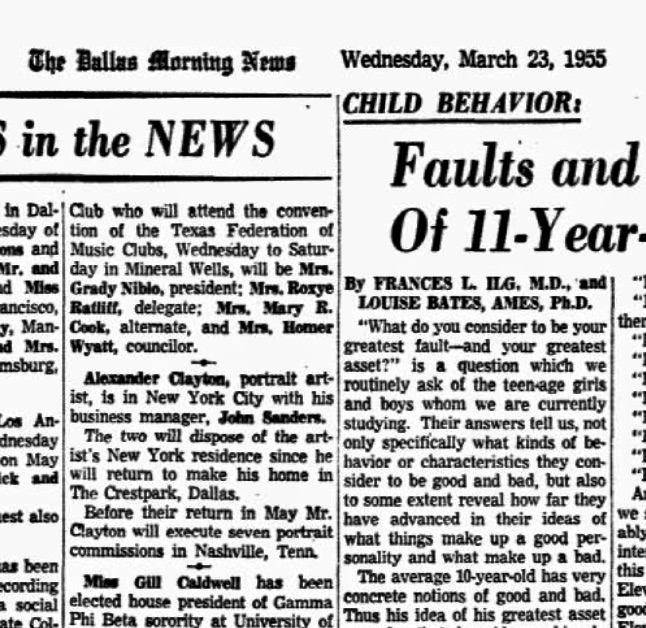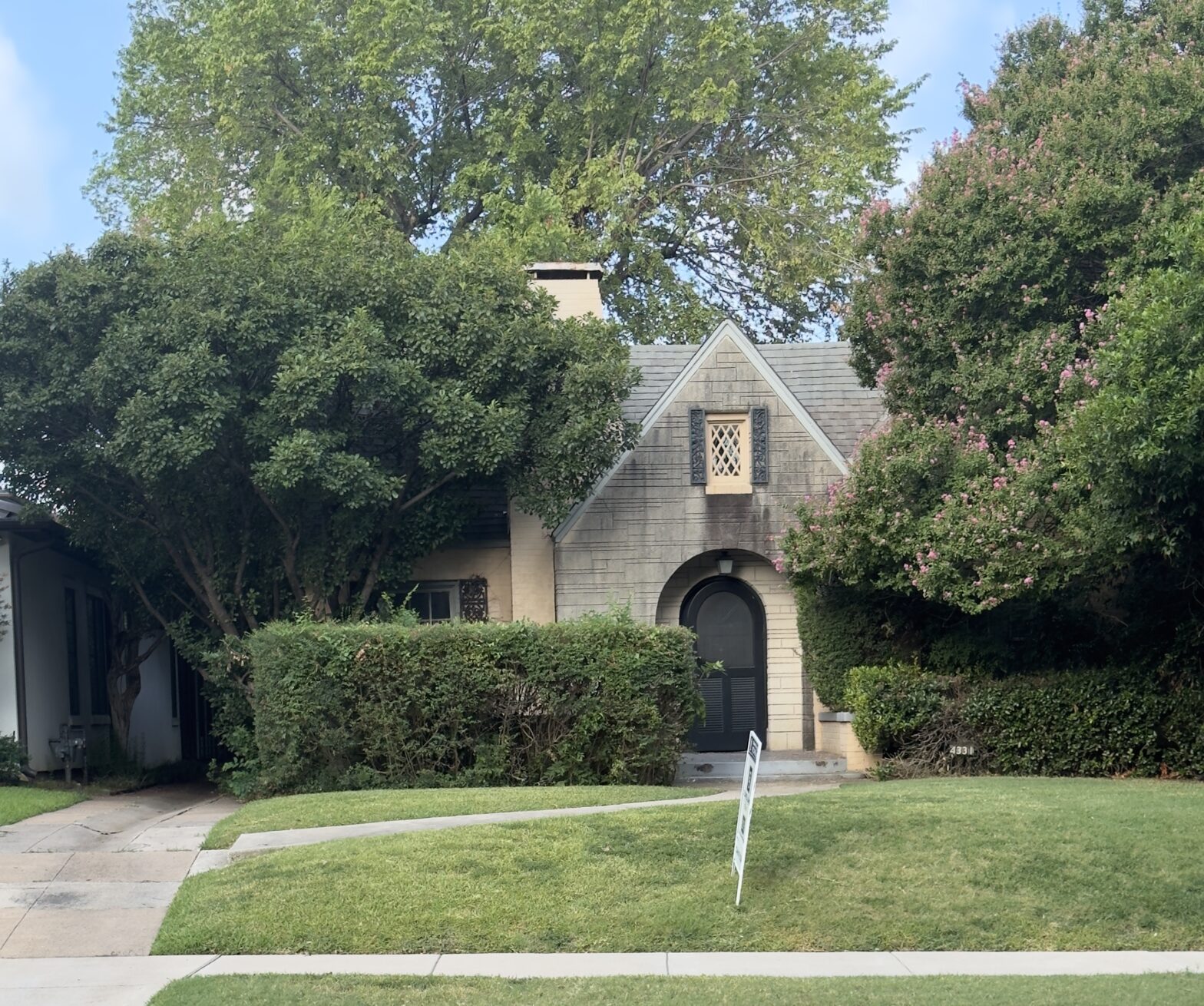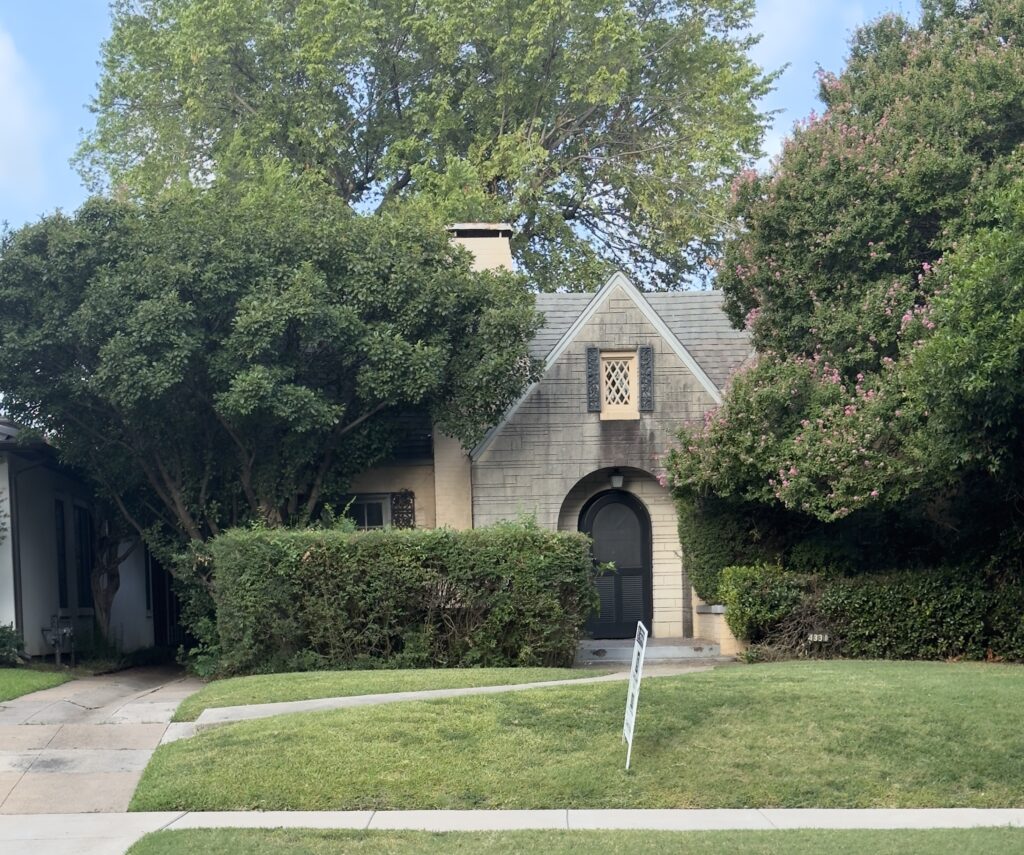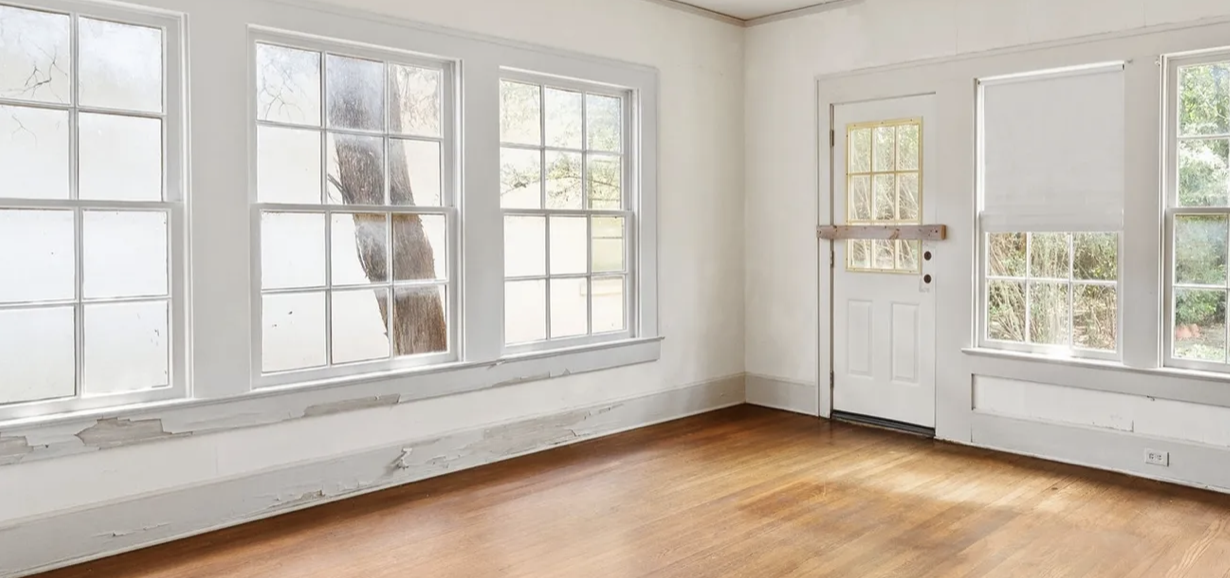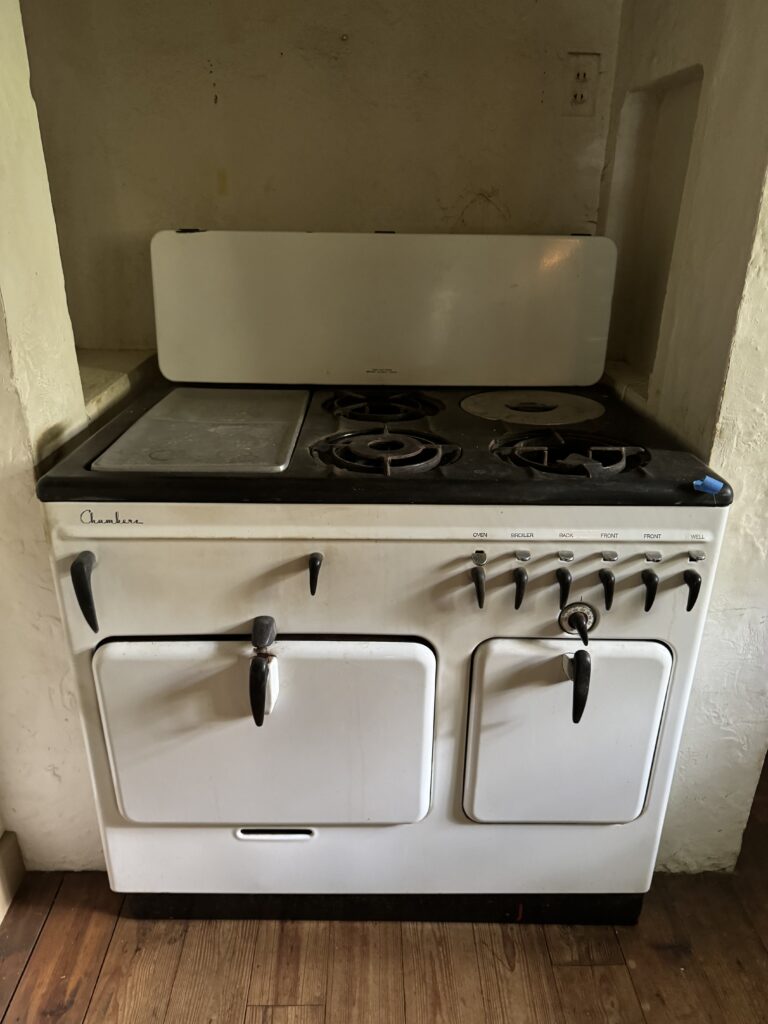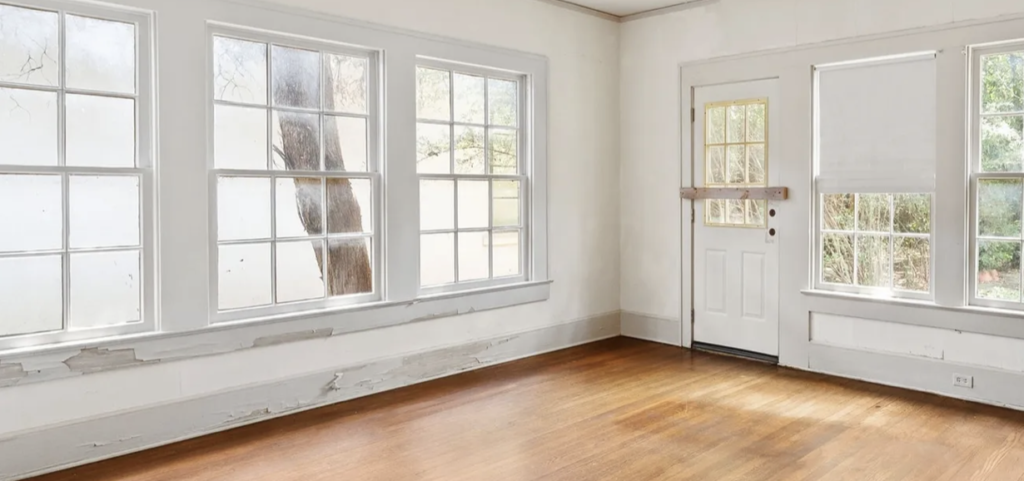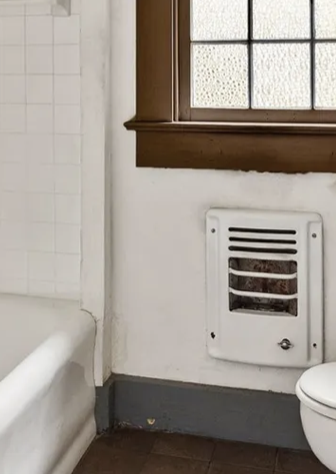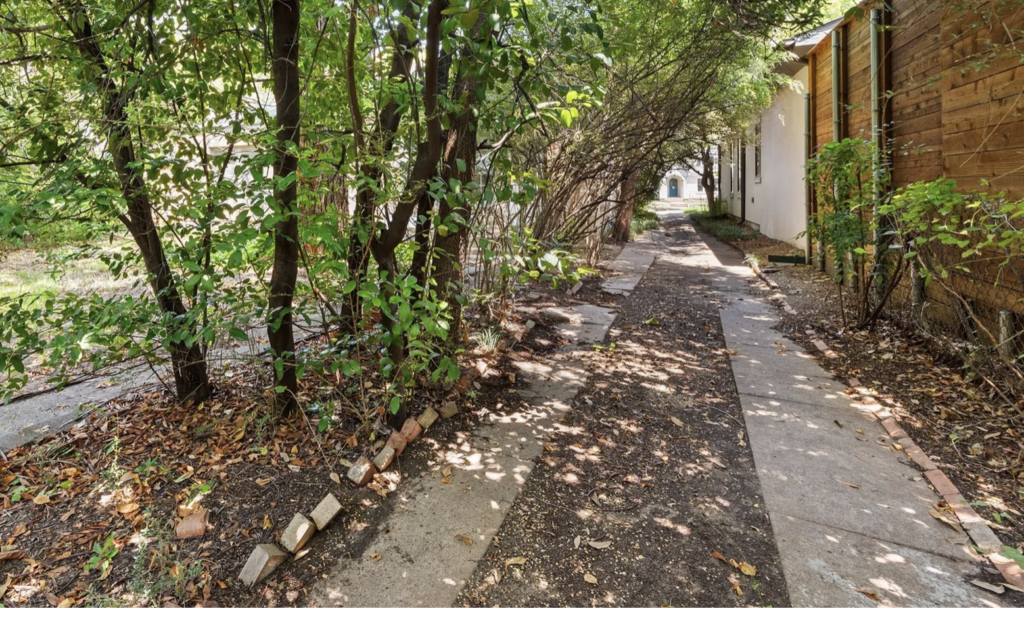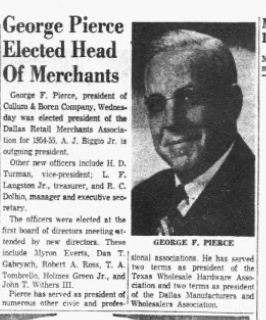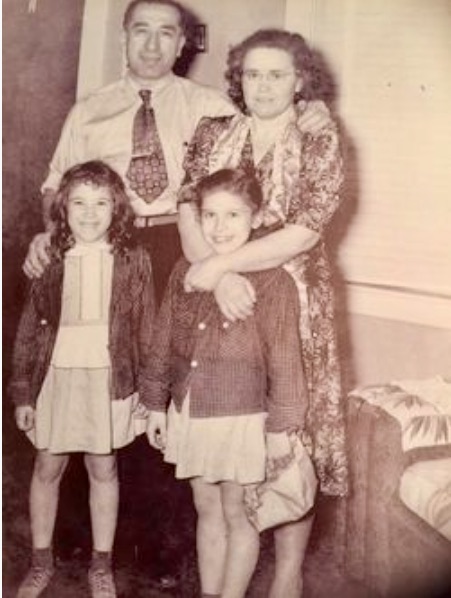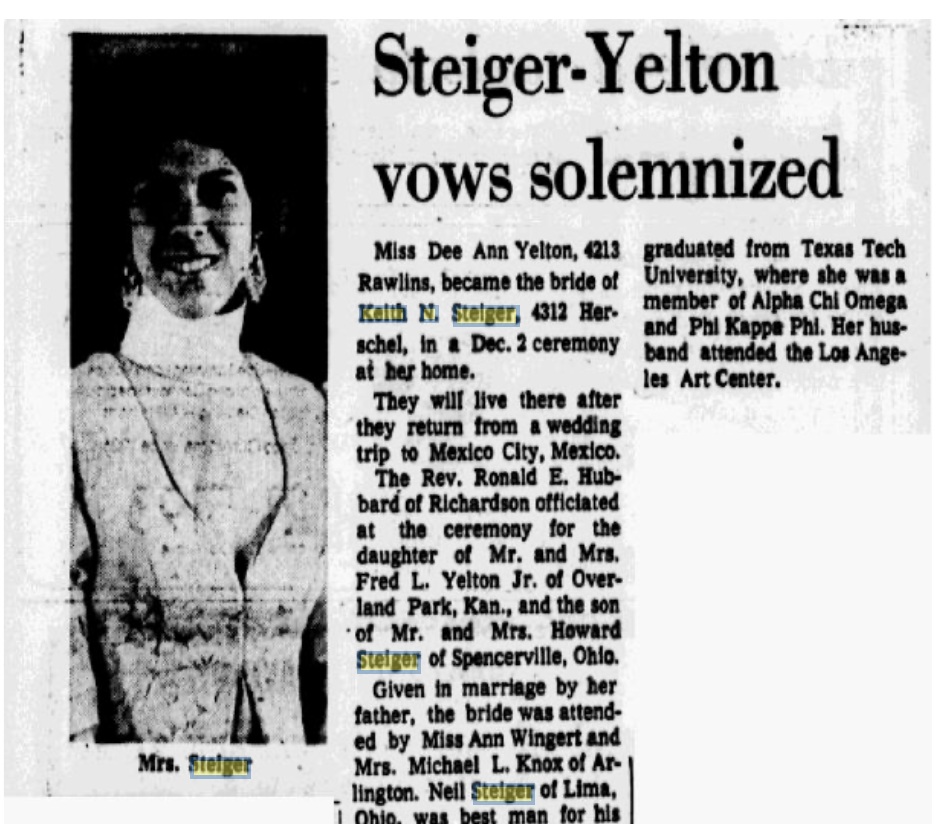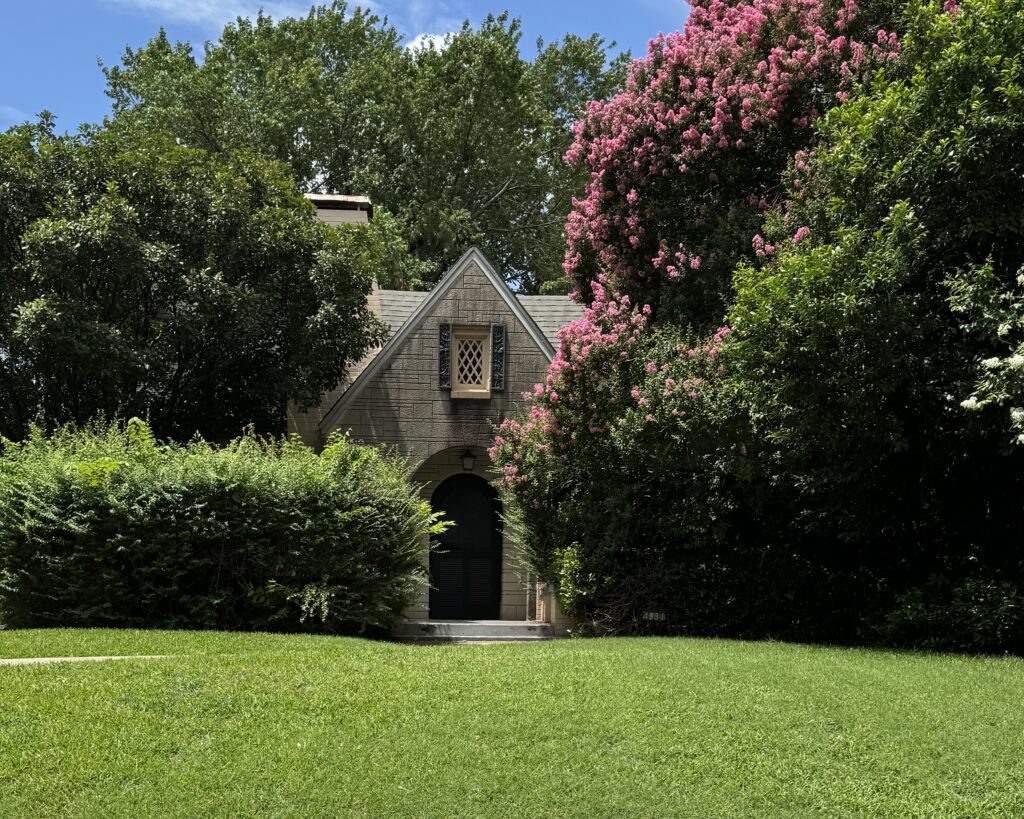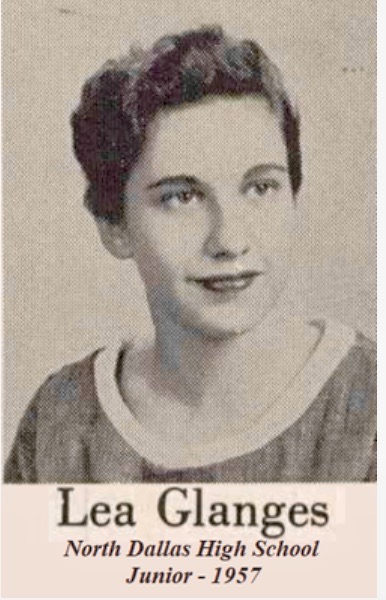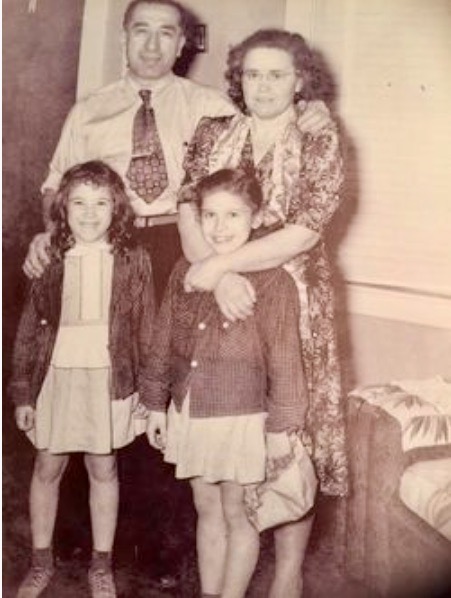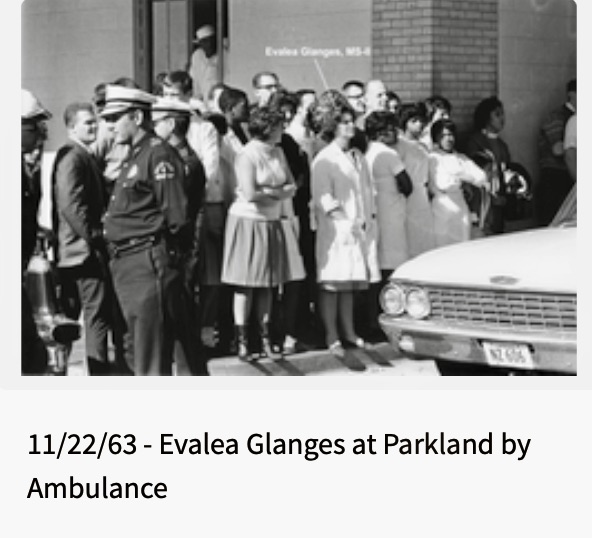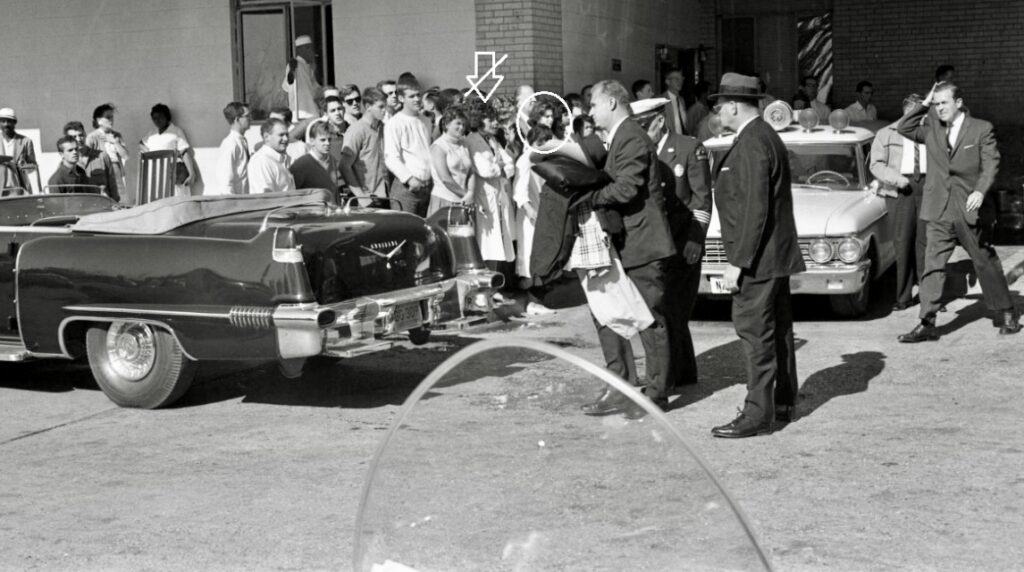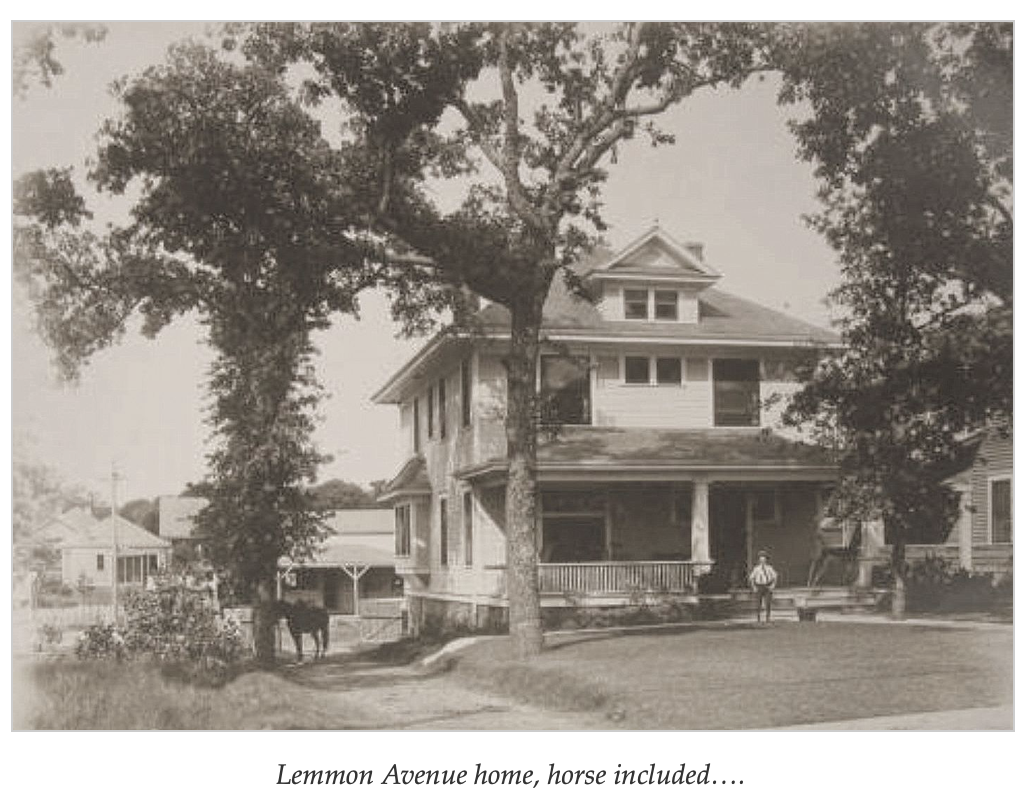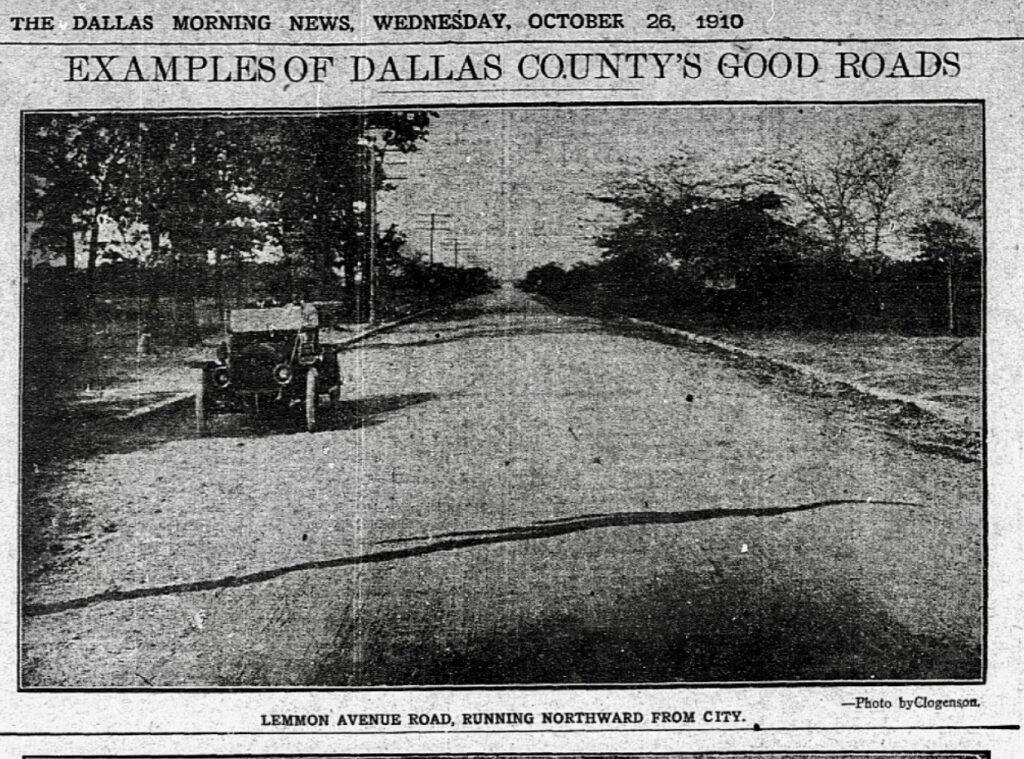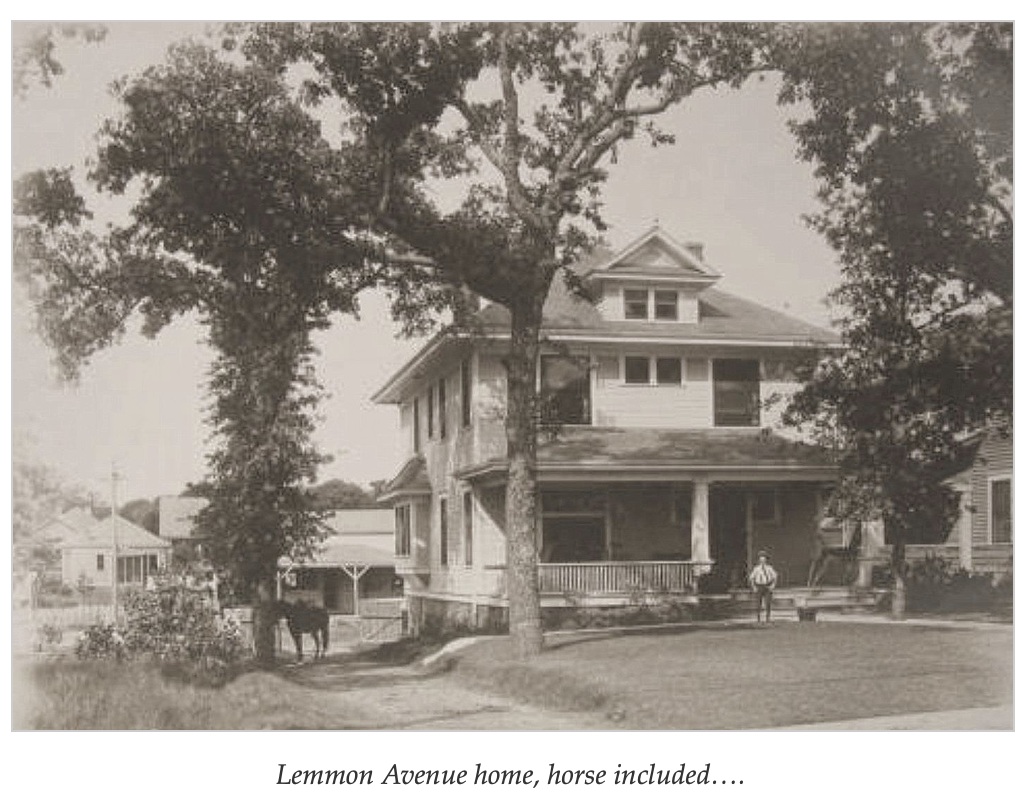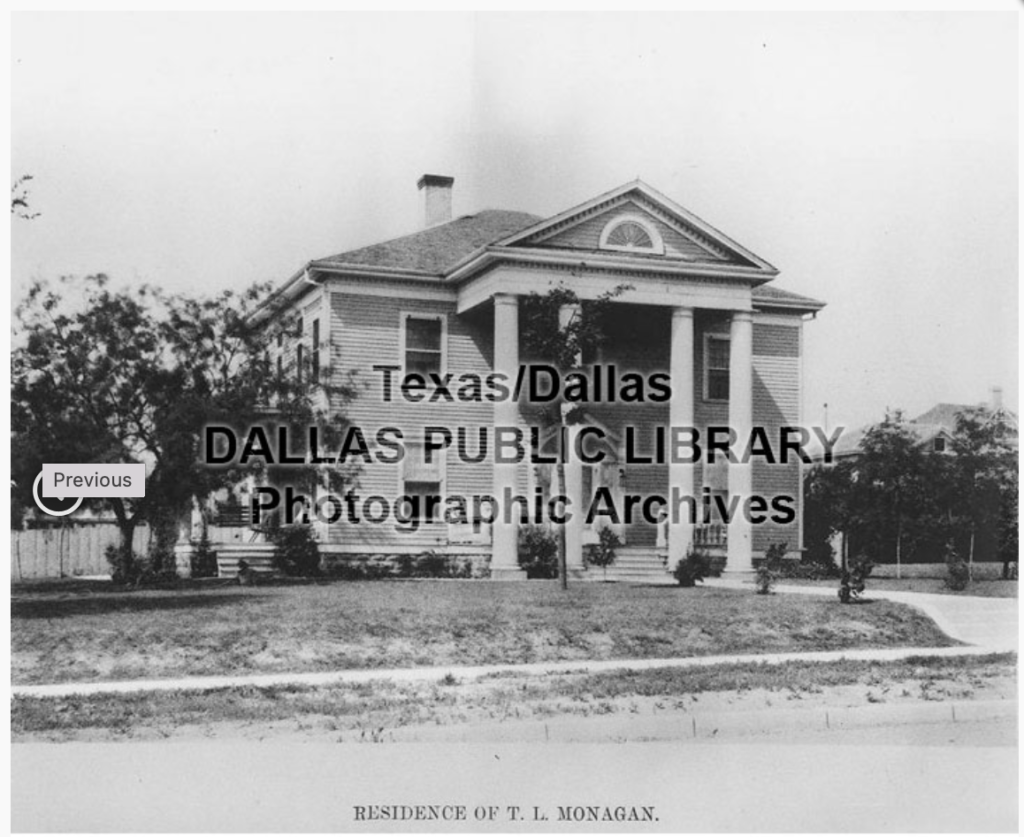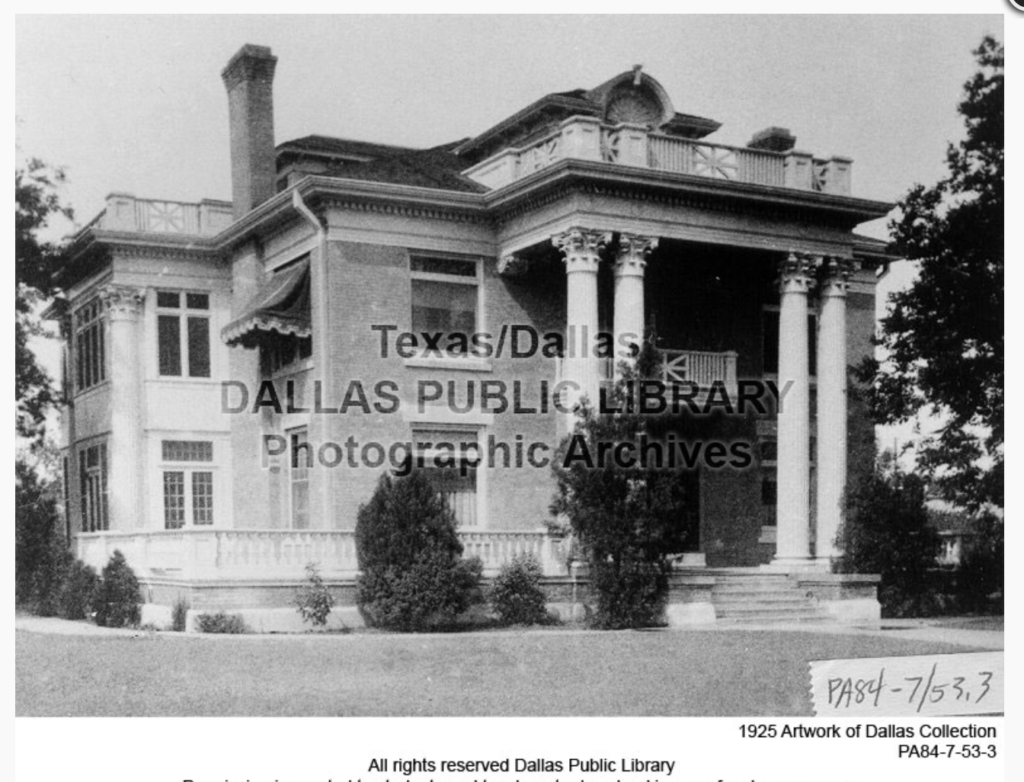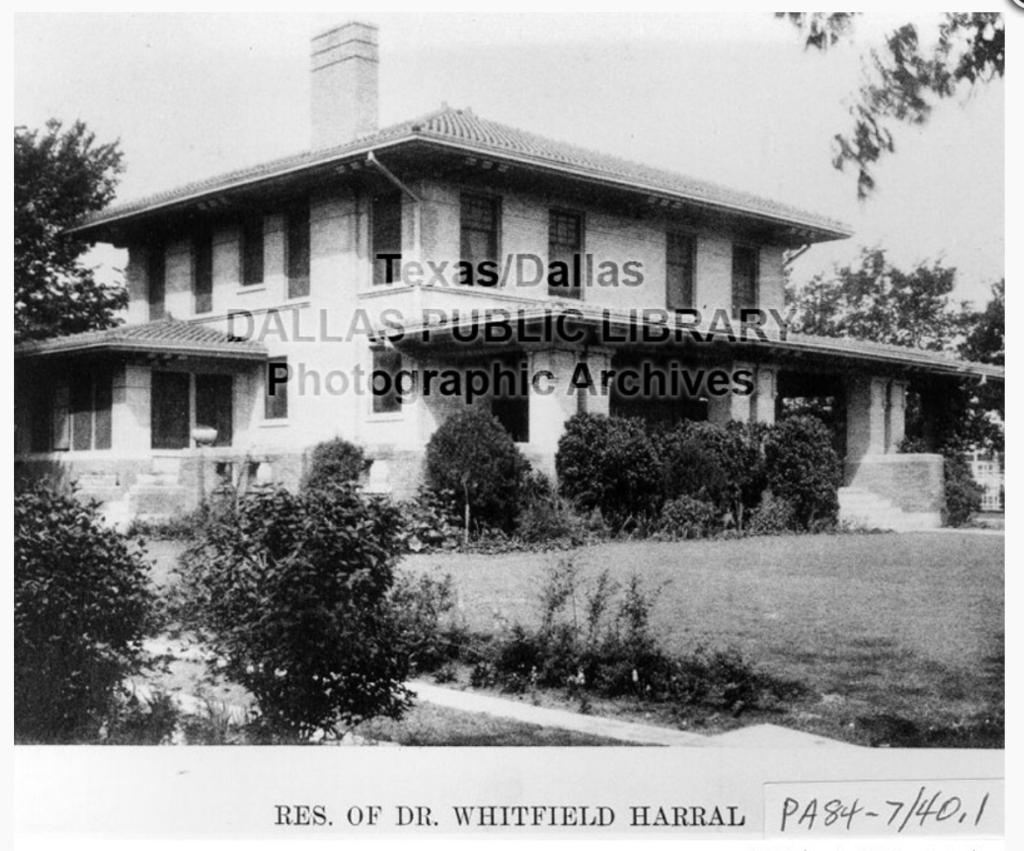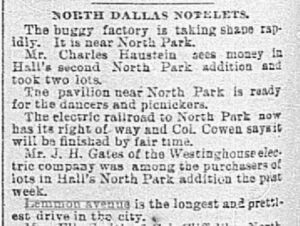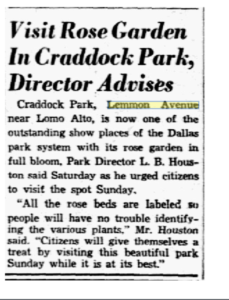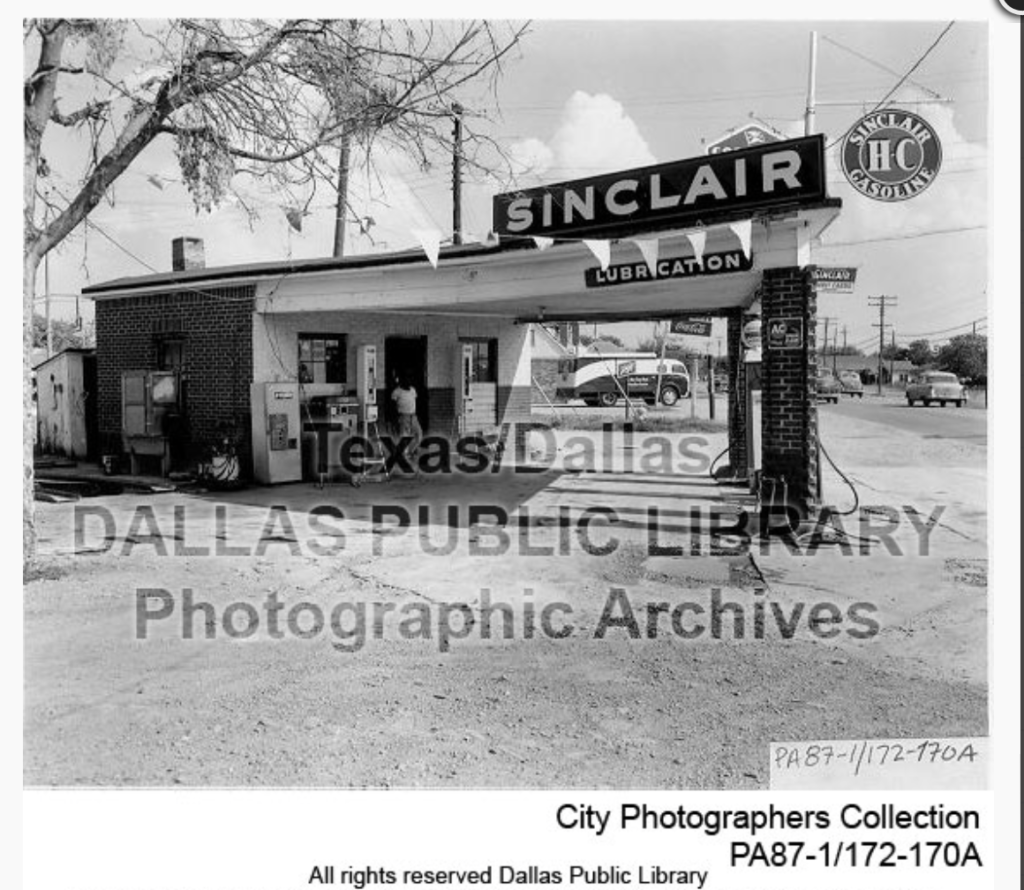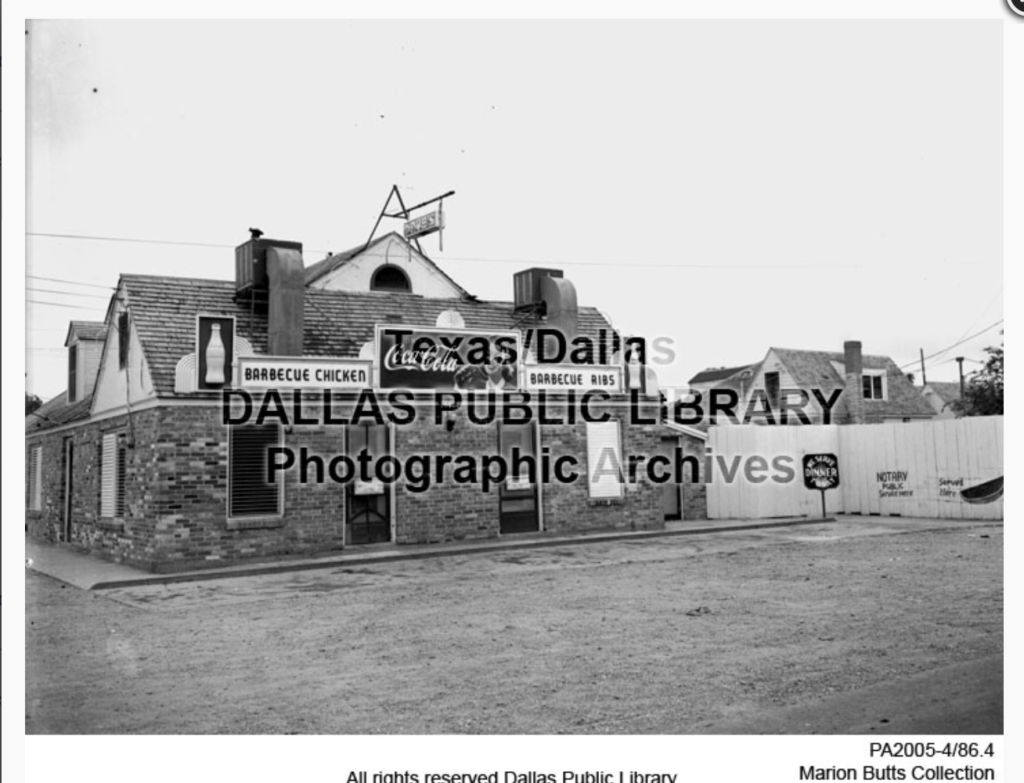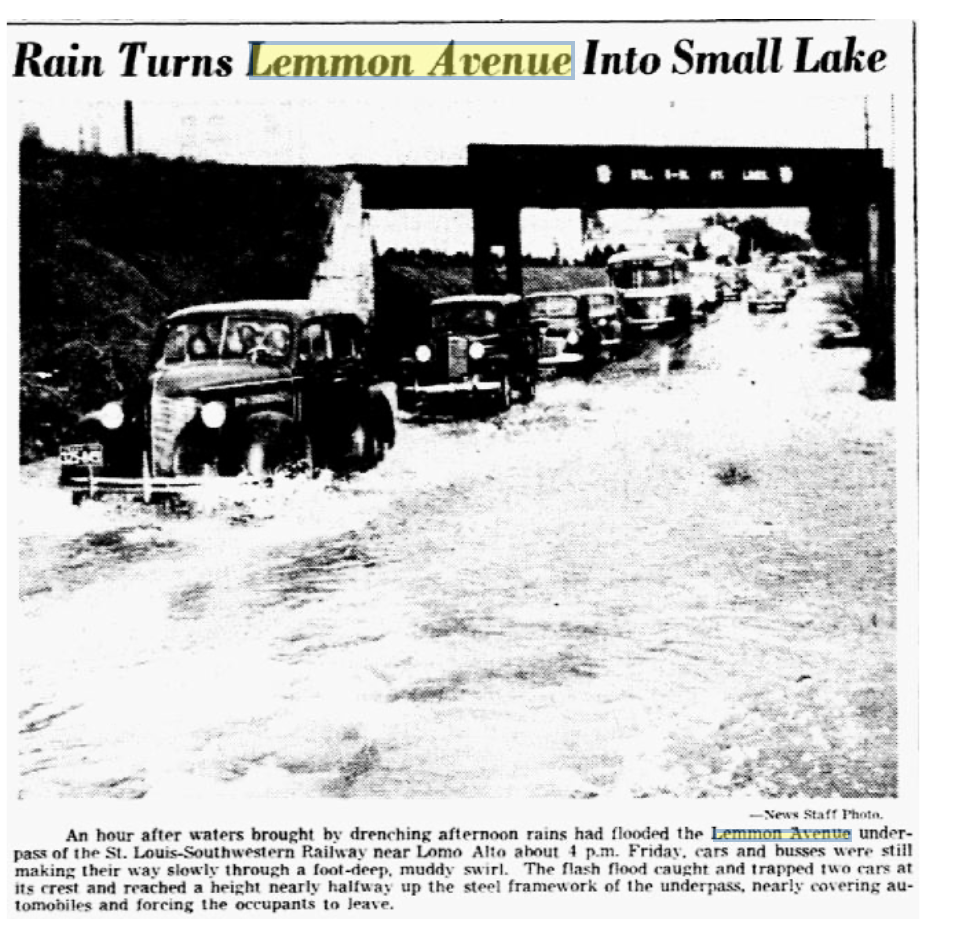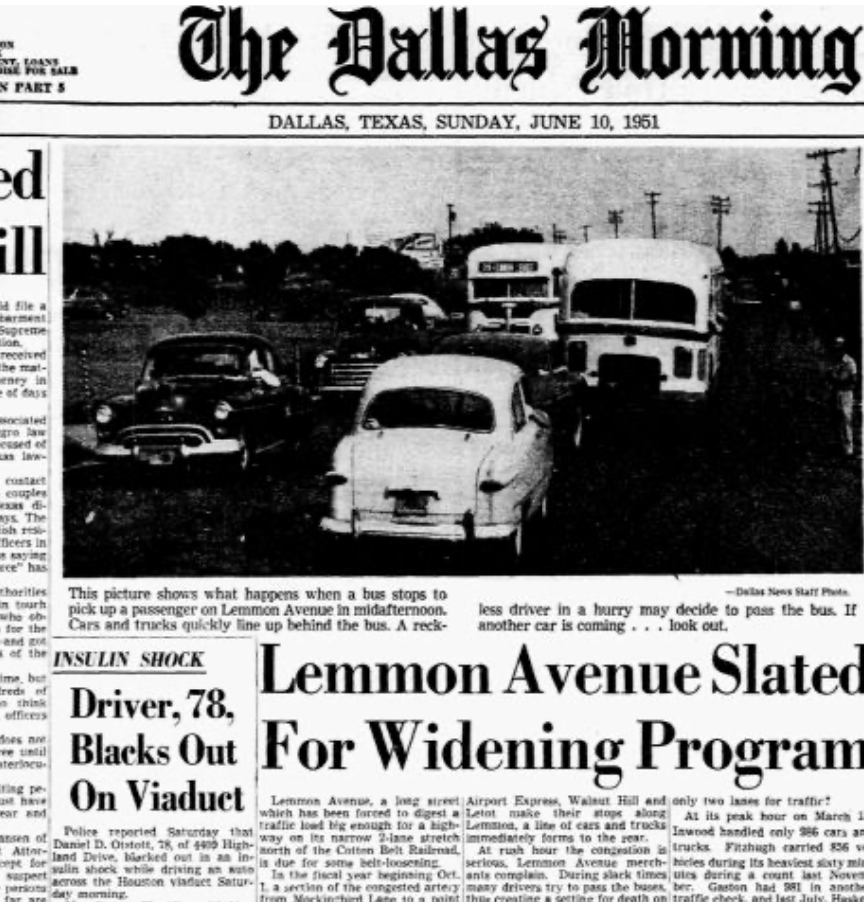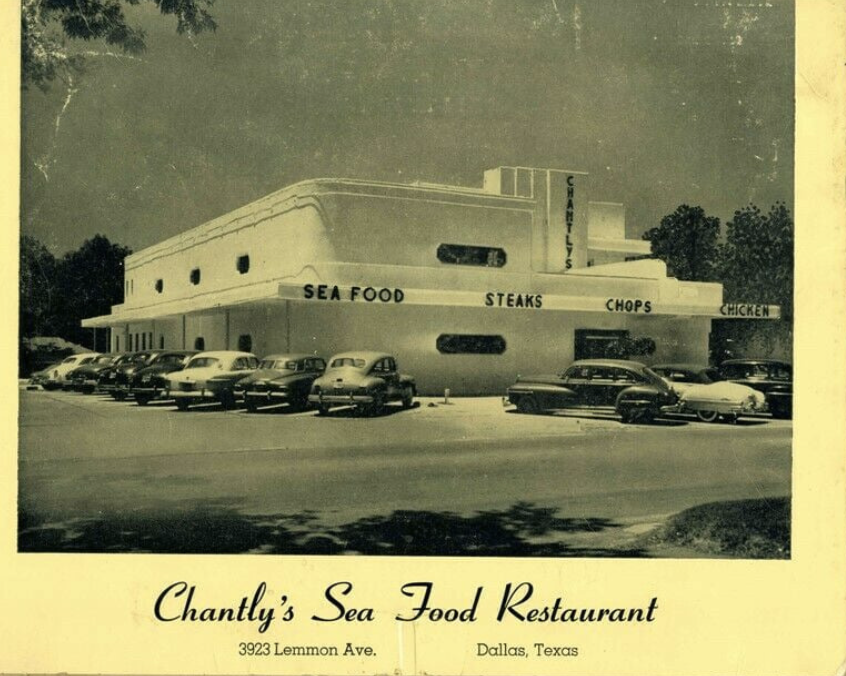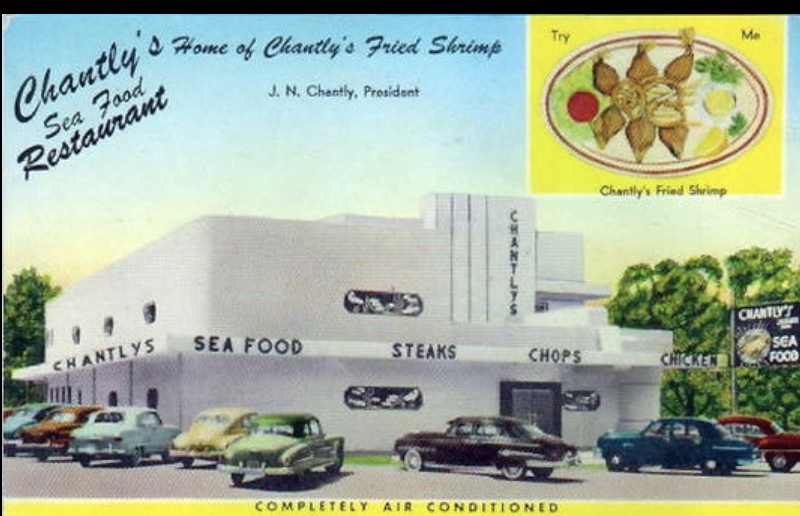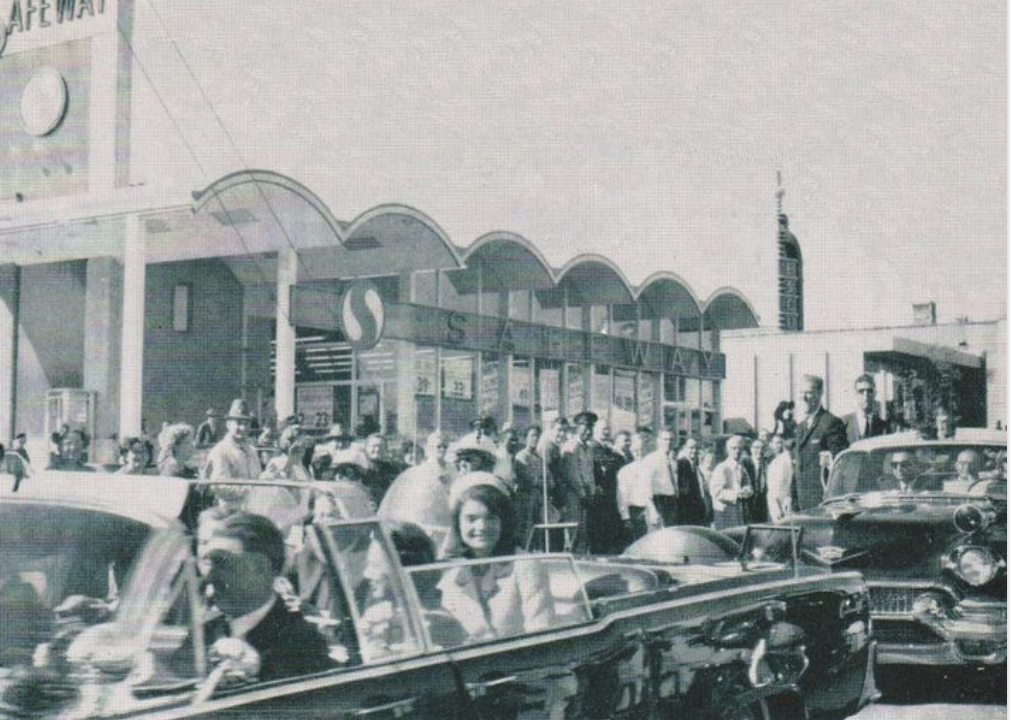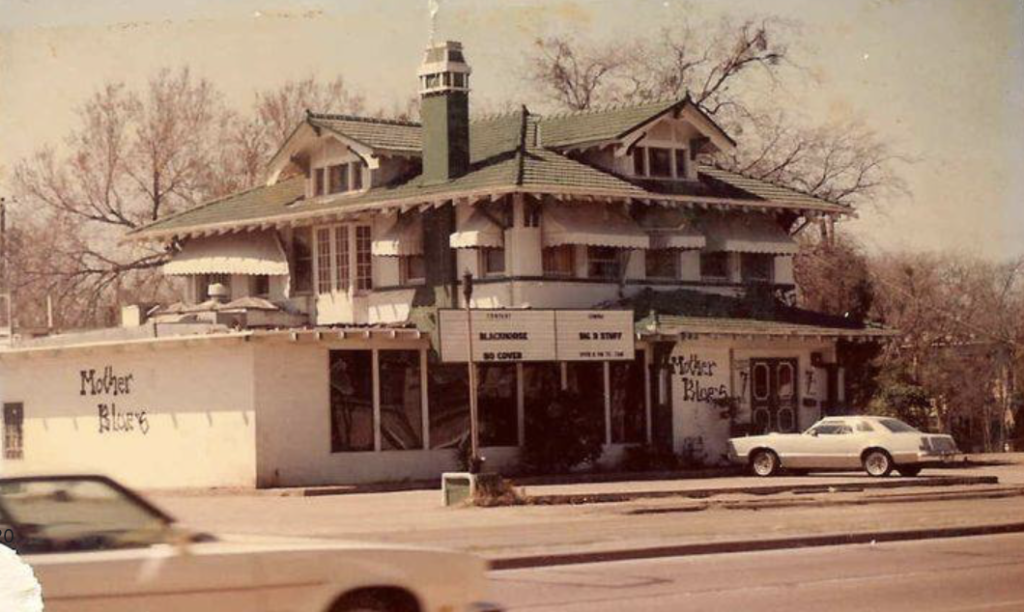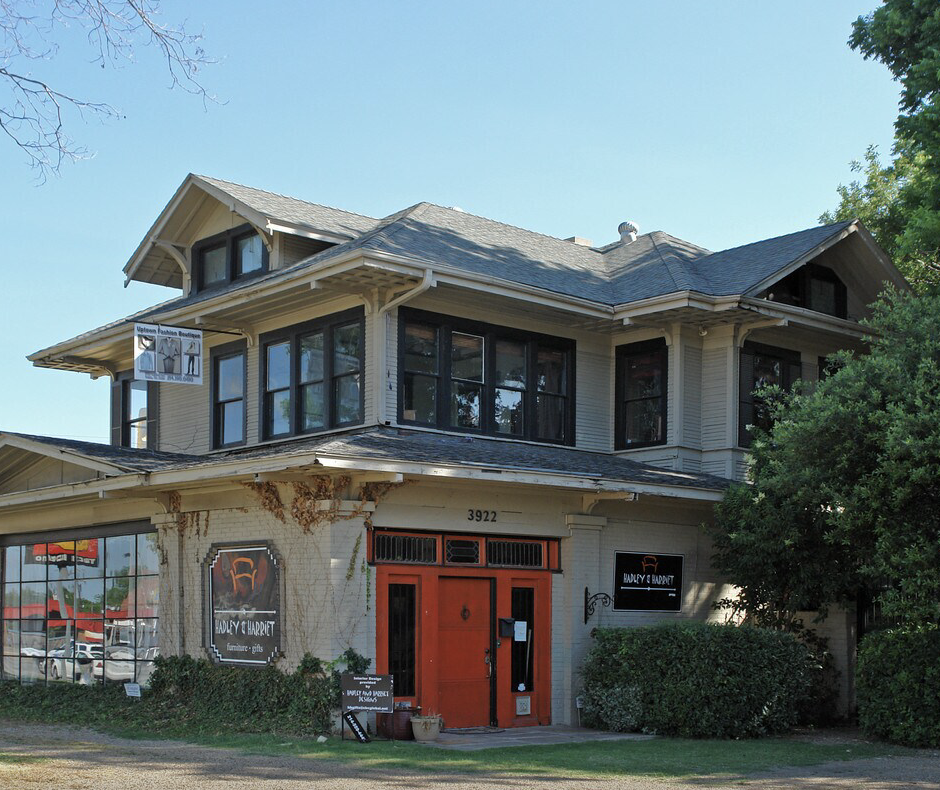Any good southern neighborhood celebrates not only its accomplished neighbors, but also its dirty laundry. Here are some stories old timers have told about Perry Heights over the years (but only in whispers). They may be factual or truthful, but they are unquestionably gossip. Gore Vidal said “History is nothing but gossip about the past, with the hope that it might be true.” And as Oscar Wilde said, “There is only one thing in life worse than being talked about and that is not being talked about.”
The Convicted Murderer Down the Street
In the early morning hours of August of 1991, Walter Lewis (Lew) Perryman killed a 53-year-old Texas Instruments research technician who was working her side job delivering newspapers with her son-in-law in University Park. He then held a judge and his family hostage for three hours before being arrested. Lew was the stepson of a former University Park mayor. He was acquitted by reason of insanity a year later and spent a year in a psychiatric hospital before being released to his wife, who was a resident of Perry Heights. She died in 1994, but Lew stayed in the house in Perry Heights. Soon afterward, Lew parked his truck on the tracks in Argyle, Texas, and was hit by a freight train. He survived. He lived in Perry Heights for years afterward, intensely maintaining his privacy by surrounding his property with dense bamboo and keeping a low profile.
Disastrous Driveway
In September of 1972, the owner of a house on Hall was run over in his driveway by an out-of-control car driven by a teenage girl. He was elderly and eventually died of his injuries. Five years later, his wife was in the same driveway and died of a sudden heart attack.
Neighbor charged in Crime!
In the early 80s, a resident was charged by the State of Texas with practicing law without a license. He had a business with an office that advertised legal help for divorces and traffic violations. No one in the office had a law license. In one case, the office accepted a fee from a person in a divorce case. Later, when the client attempted to remarry, he discovered his divorce was never finalized and no action at all had been taken by the legal assistance firm. In other cases, motorists were arrested by patrolmen for ignoring their speeding tickets, even though they paid the company a fee to have their tickets settled. The same neighbor was arrested five years earlier for operating a nationwide mail-in raffle contest that required a $5 entrance fee, but produced no prizes.
Horrific Explosions!
In 1979 at 11:30 am, the second floor of a home on Rawlins that was being remodeled exploded. The owner was badly injured, but survived. A gas leak was believed to be responsible.
A second explosion occurred up the street on Rawlins later in the 80s, however, several neighbors suspected the renters in the home were making methamphetamine when the explosion and fire occurred. The house had extensive damage and could not be rebuilt.
The Weed House
In the 1990s and early 2000s, a strange glowing light emanated day and night from the windows of a certain house on Hall St. Every day, the unassuming home had numerous visitors. They usually only stayed for a few minutes. Despite several neighbors telling police about the suspicious activity, nothing happened to disturb the pot farm. That is, until the resident reported a burglary. Police arrived, only to realize what type of business it was. The owner was arrested. After that, the glow permanently dimmed.
The Porn House
Years ago, there was an attorney who lived in the neighborhood. His way of giving back to the community was to help recently released ex-convicts find a place to stay. In his home. The second floor had a dormitory-style room furnished with several beds along with a large 10-seat hot tub he purchased from a nearby defunct B&B. Several times a month, vans with filming equipment arrived at the home. Neighbors insisted that in exchange for room and board, the men starred in several hard-core porn movies being filmed in the house and backyard.
Sadly, years earlier, the same house had renters who had been evicted. They had been running a house for runaway youth, but it was discovered that the children were being abused.
That’s Not Neighborly!
A couple was awakened at two in the morning by the headlights on a car that was running in their driveway. There was movement in the car, but what they were doing in the car was a mystery. Police were called and came to find a man slumped over in the front seat. The man was arrested for a DUI and taken to jail while his car was towed to the pound. It was later discovered that the arrested man was a new neighbor who lived a block away, got lost, and couldn’t find his home that night.
Vandelia Tragic Suicide
In October of 1955, a man returned to his home on Vandelia St. after a business trip, only to find his 56-year-old wife, Isabelle, dead from what was ruled a suicide. A rubber tube from a floor gas line was run into the bedroom where she was found.
Next Door Is Where The Heart Is
Once upon a time, not too long ago, a couple lived in a peaceful home in Perry Heights. Unfortunately, the peace was broken from time to time by the sounds of screaming and arguing. The arguments sometimes spilled out into the front yard, even in the middle of the night. The couple eventually divorced. Weeks after the husband moved out, the neighbor next door sold his house and moved in. Maybe it was just a coincidence.
Gentle Reader, they say, Petty, I mean Perry Heights is like a small town within the city, and this small town has many secrets and even more gossip. You are welcome to discuss these stories, however any connections to real persons are purely coincidental. We do not repeat gossip in this neighborhood, so be sure to listen close the first time!
